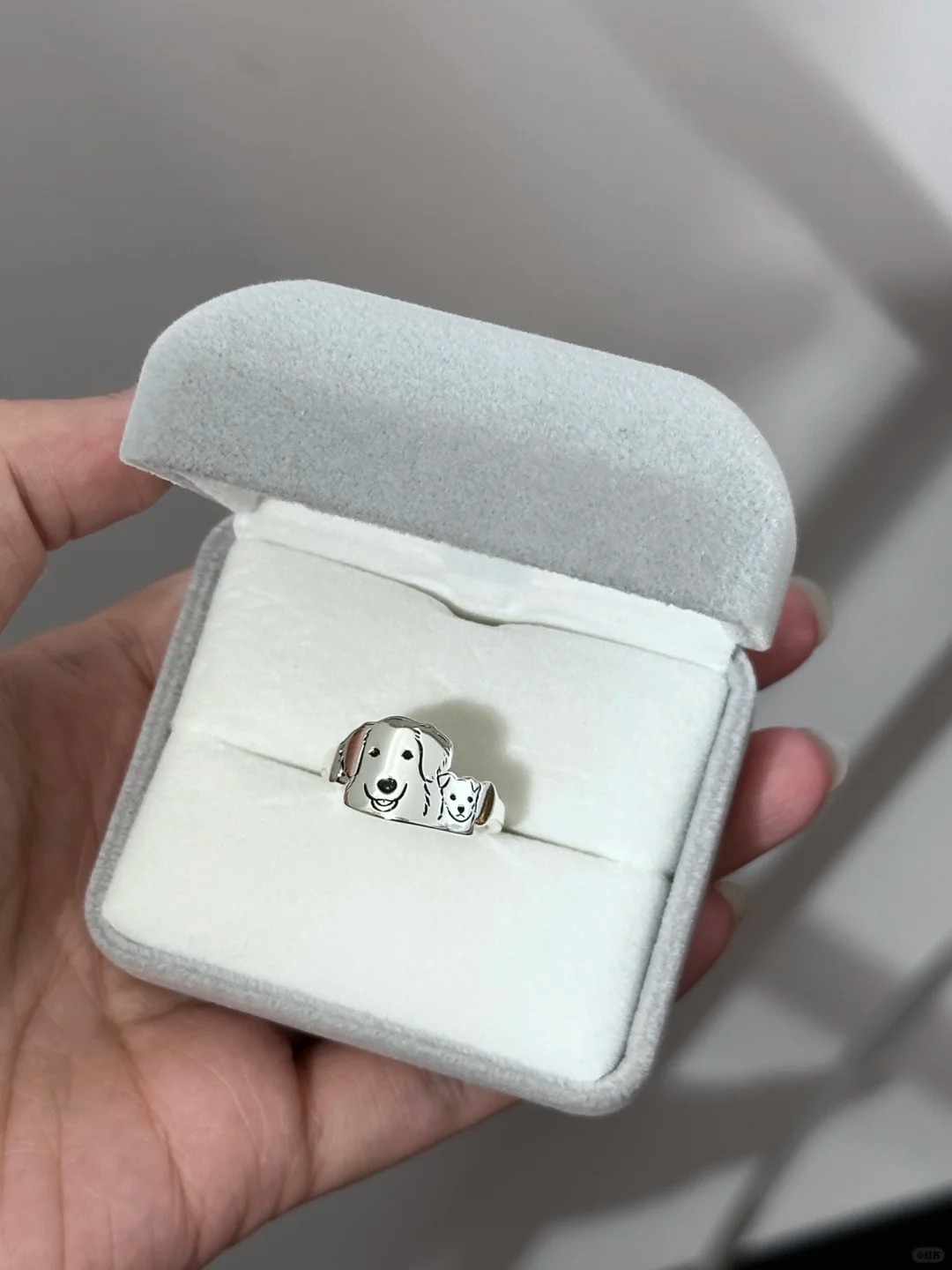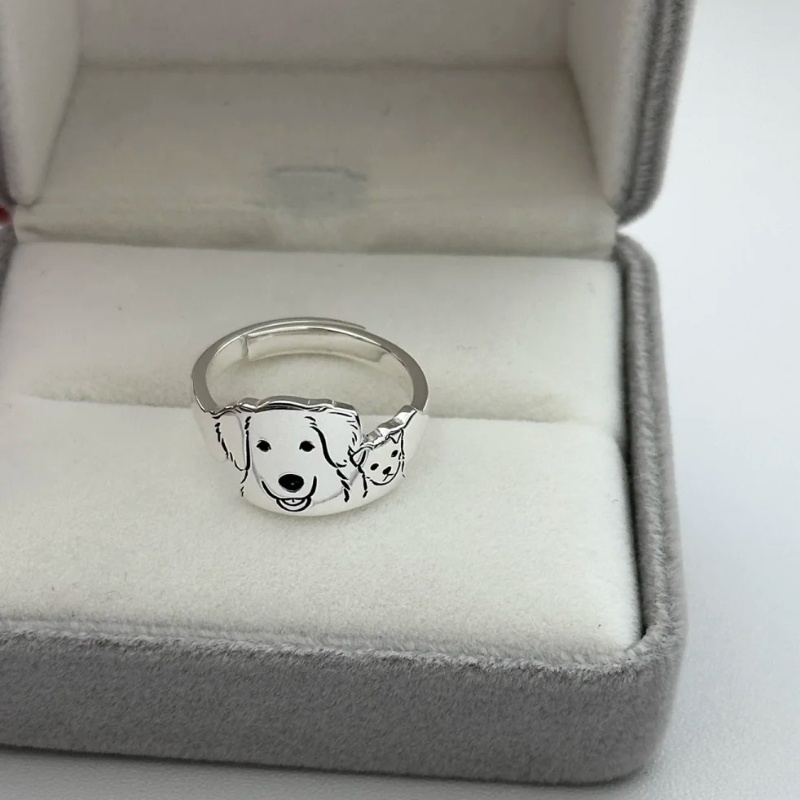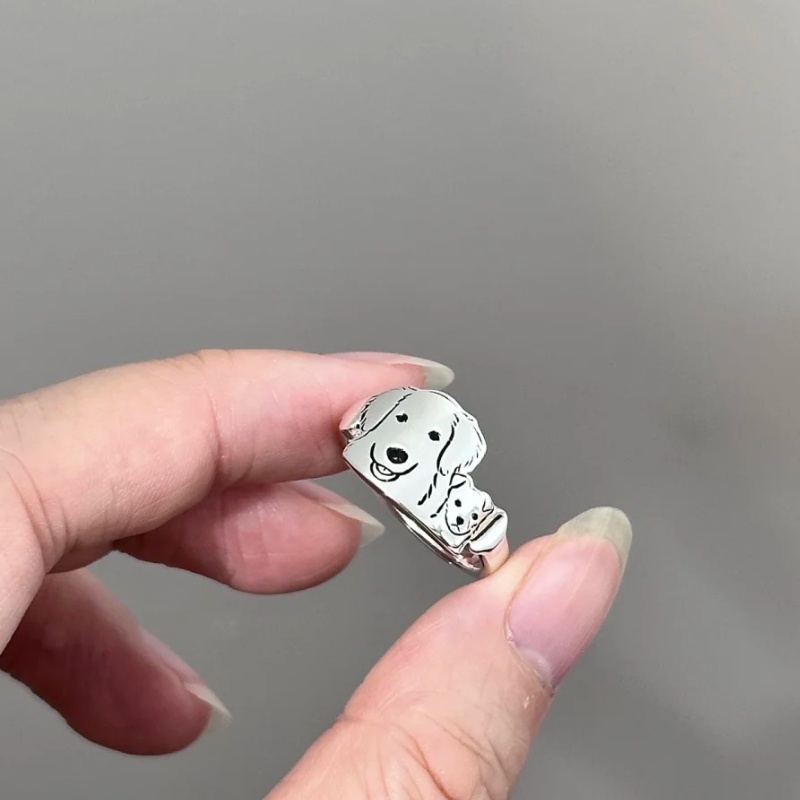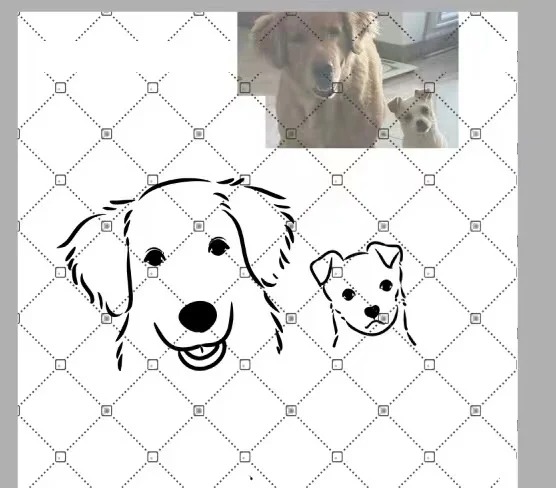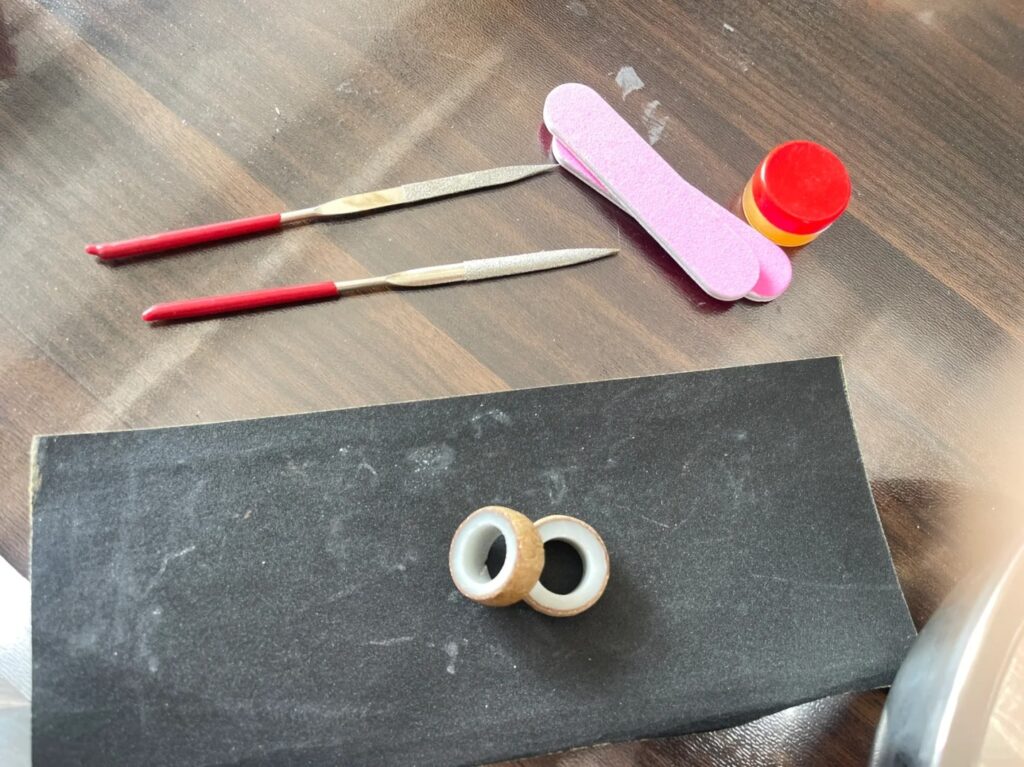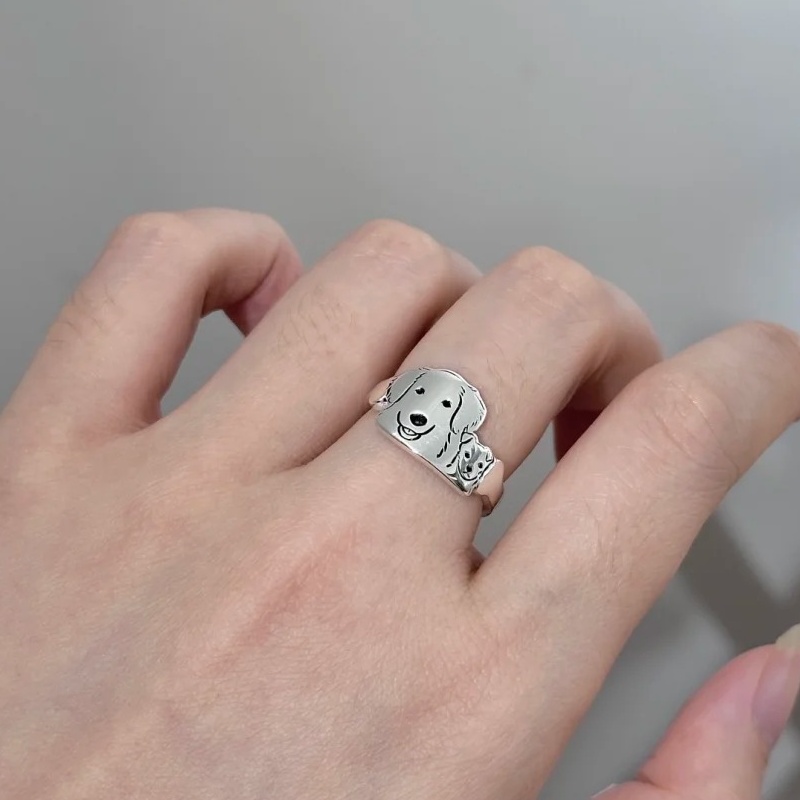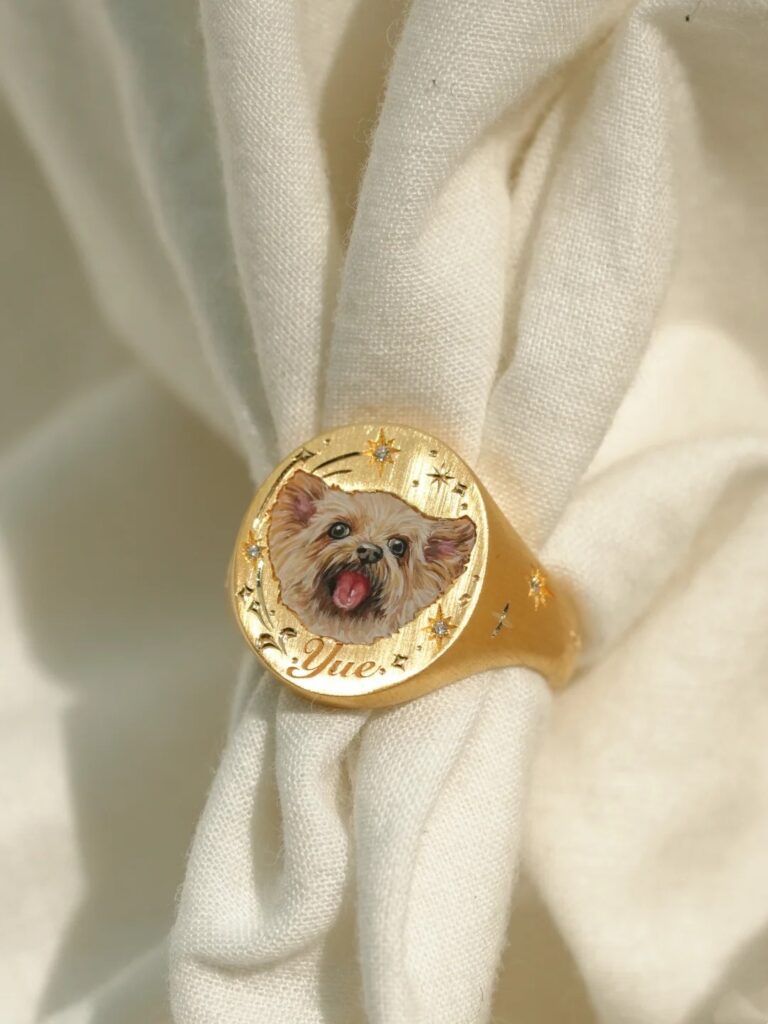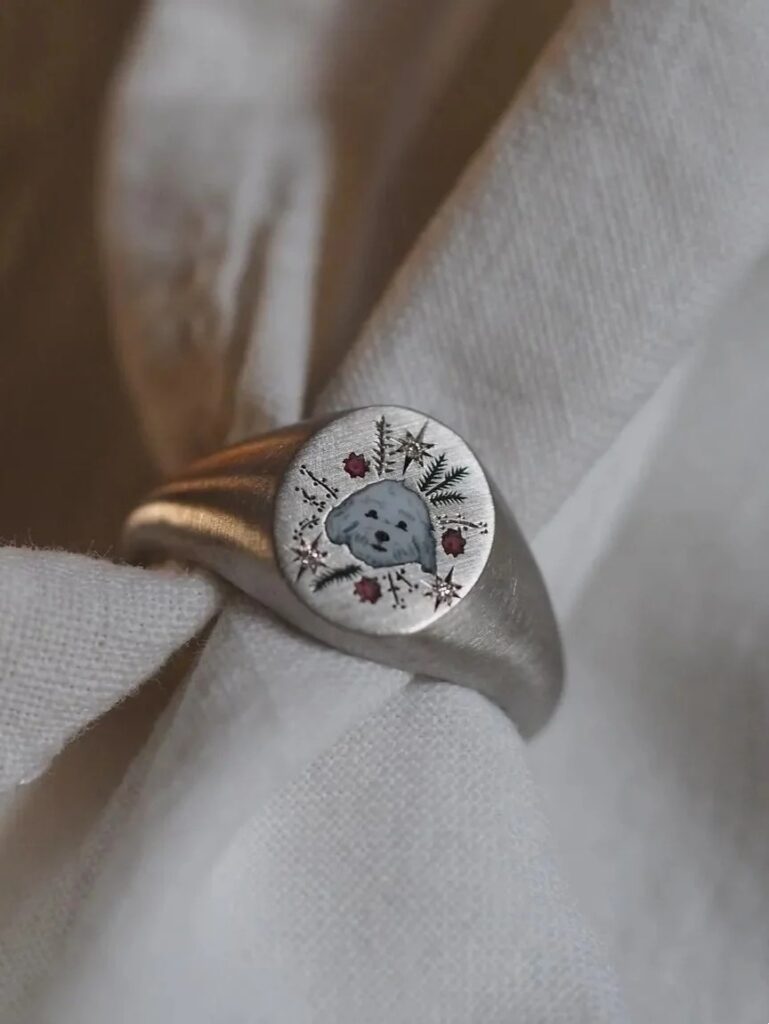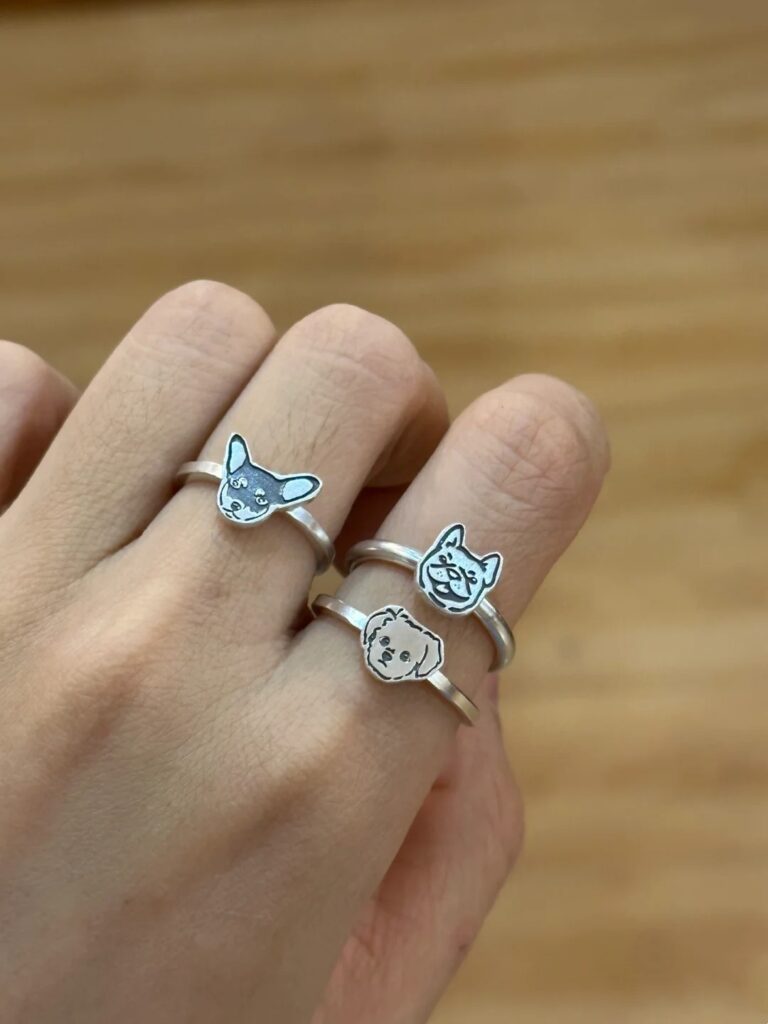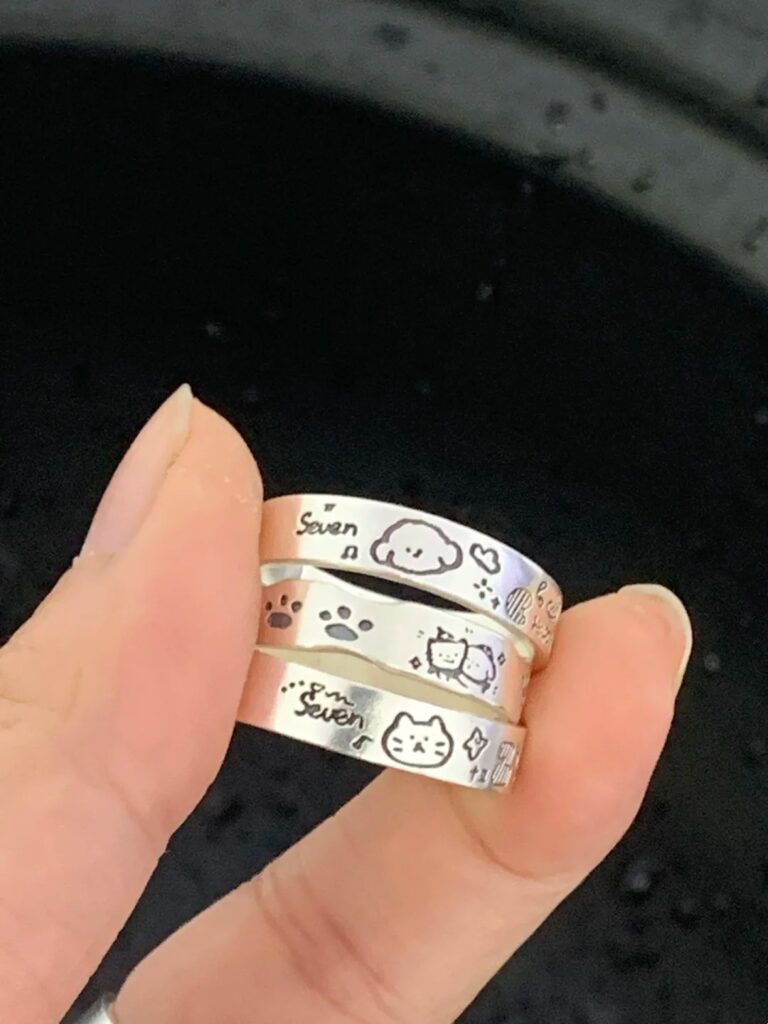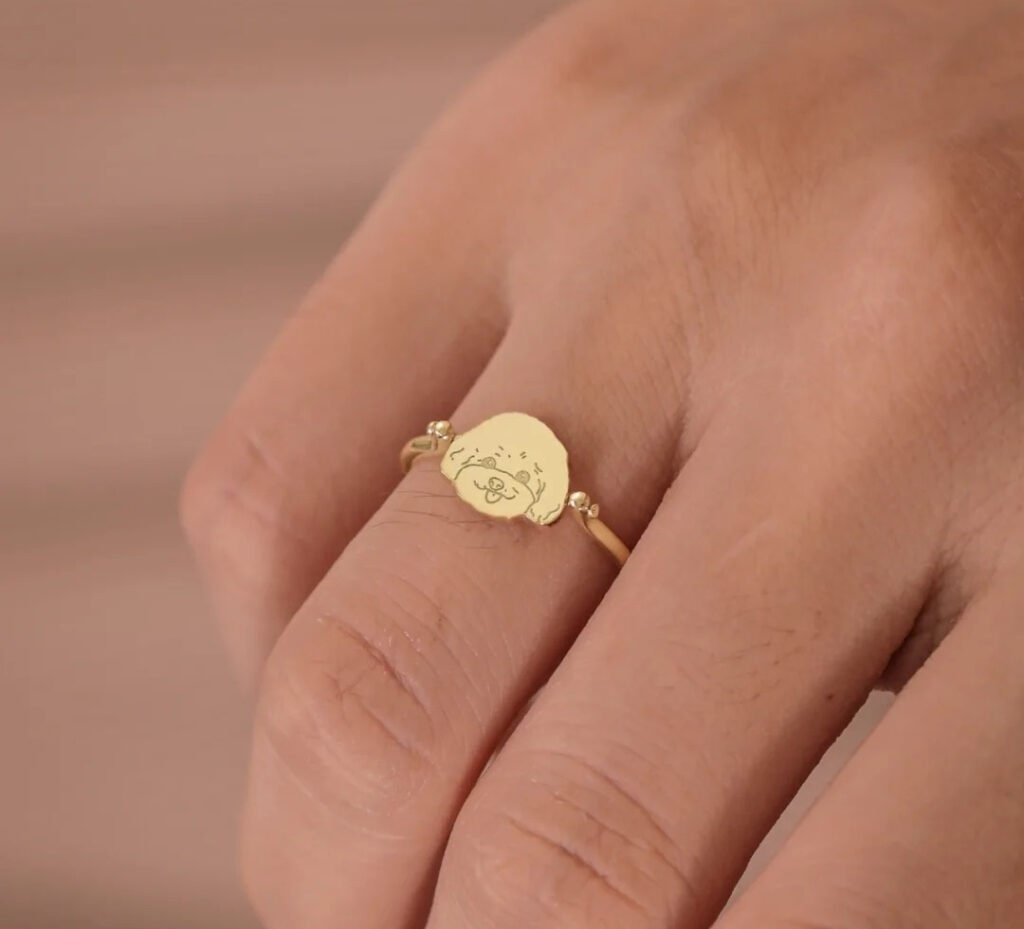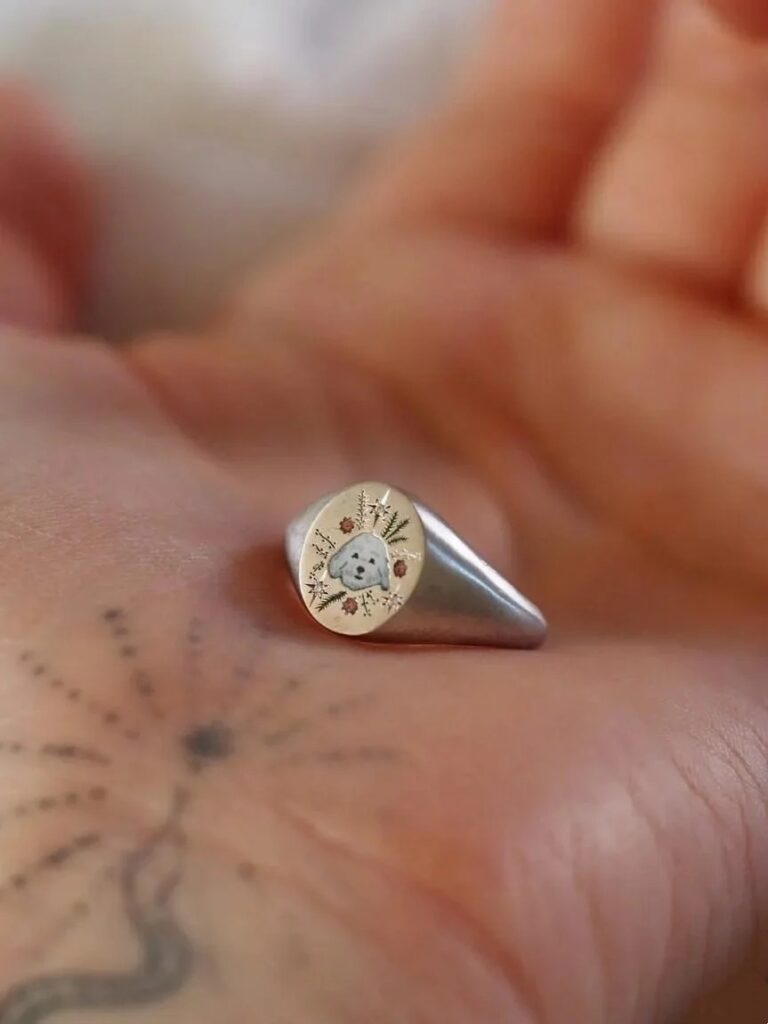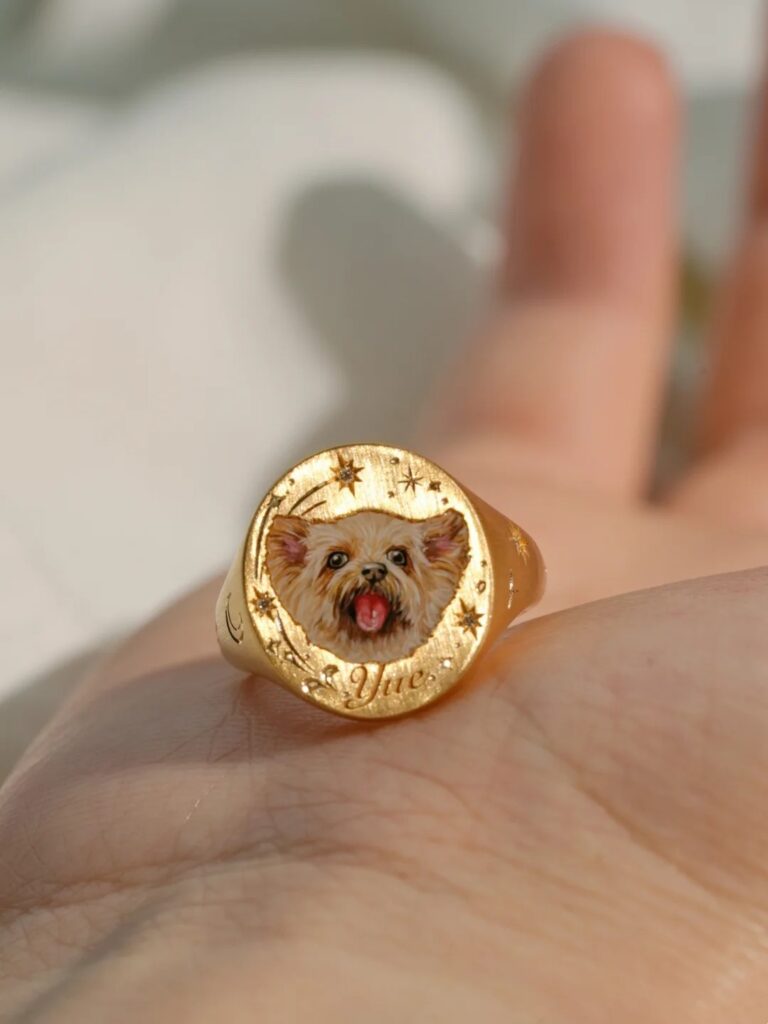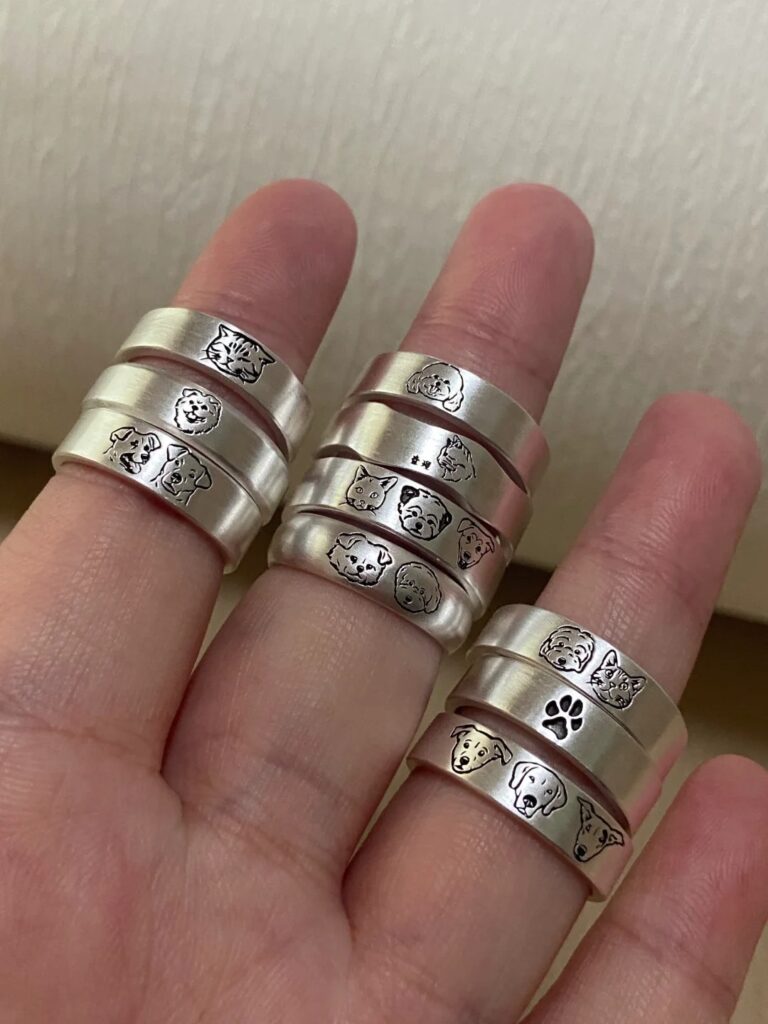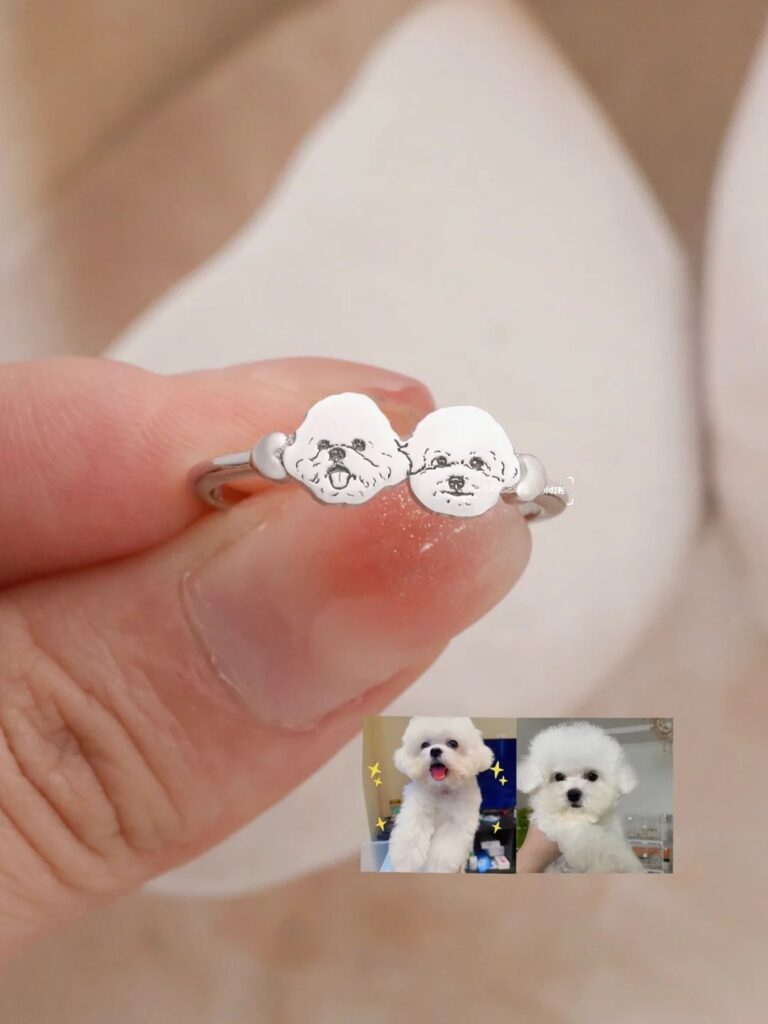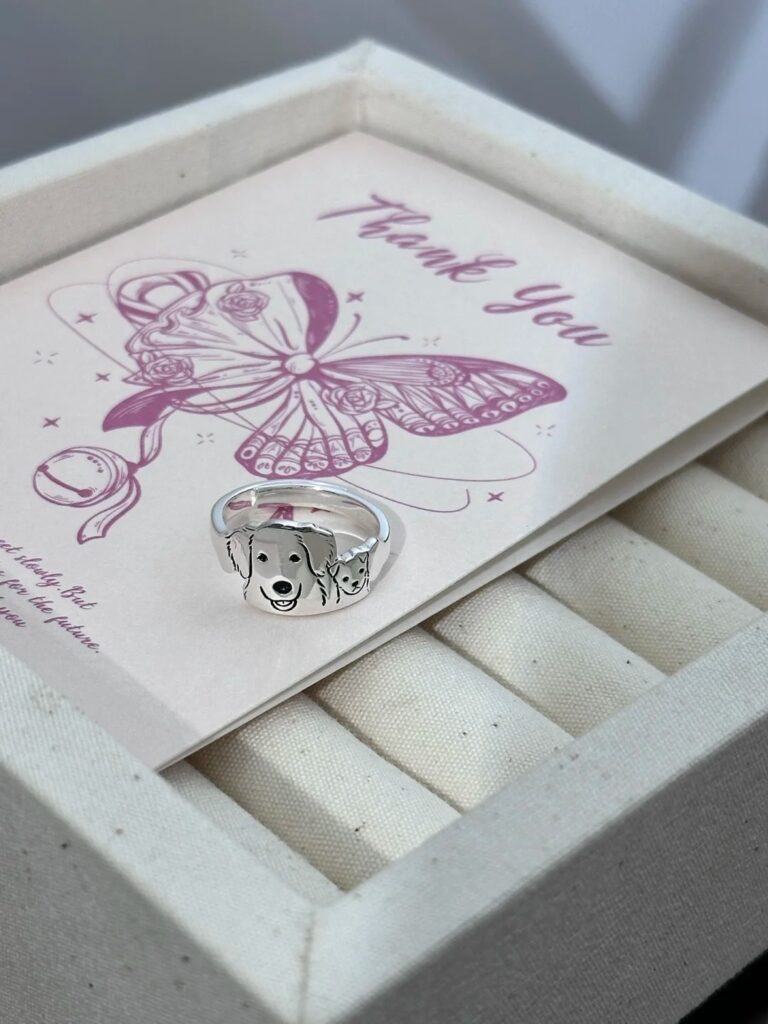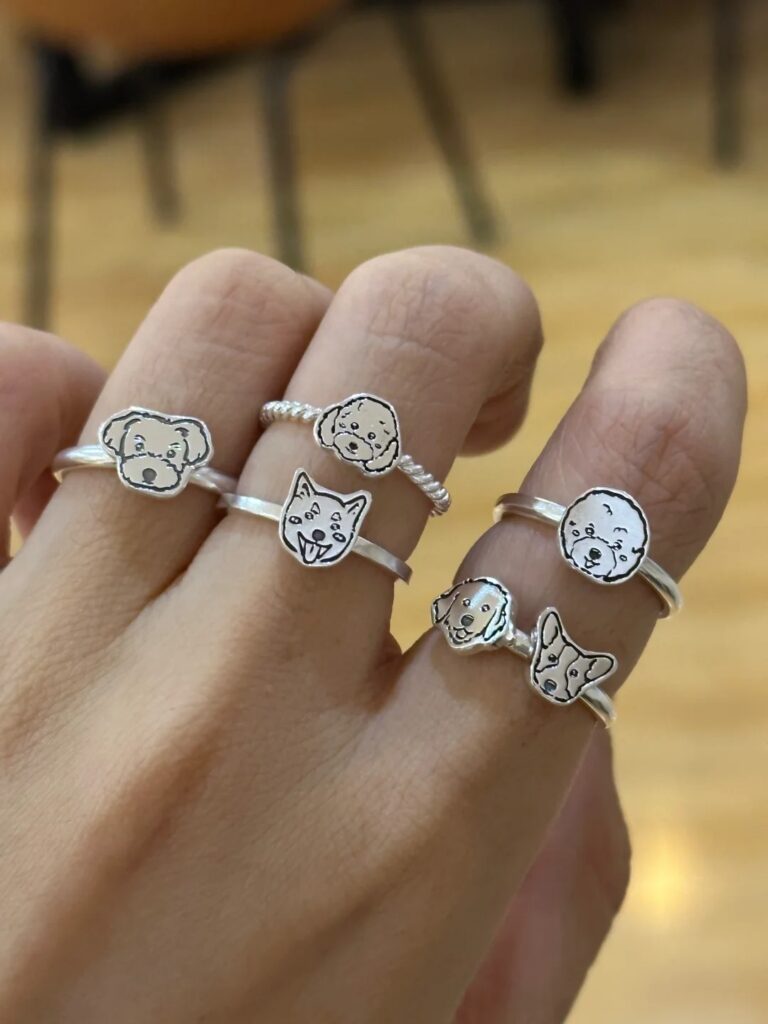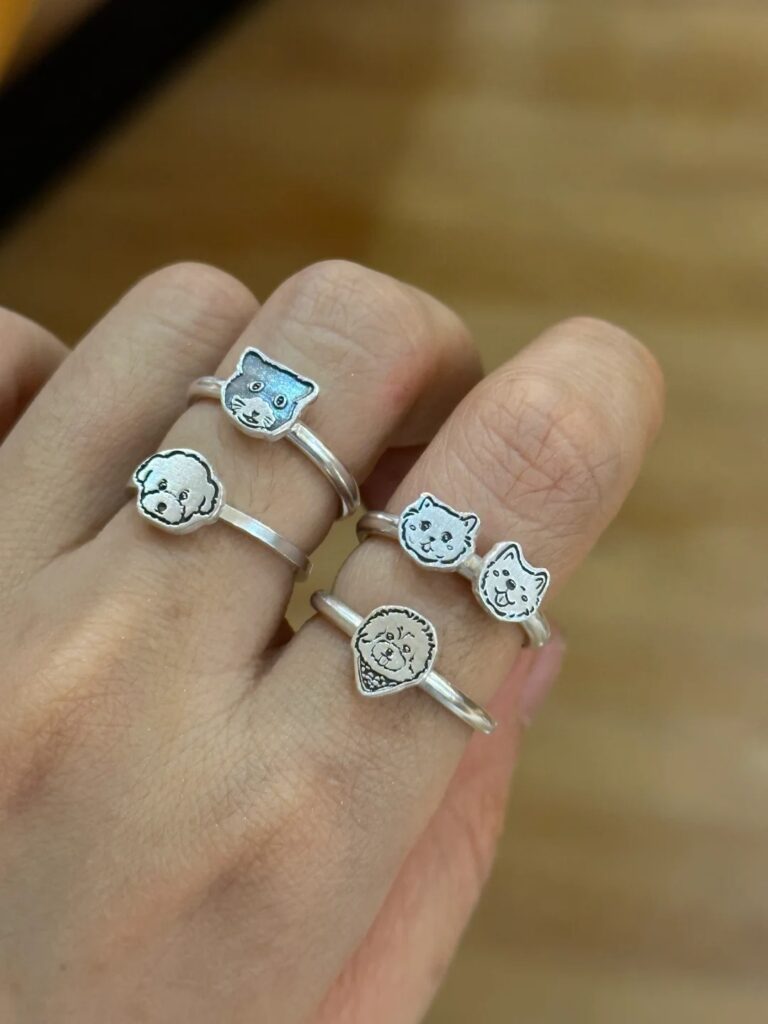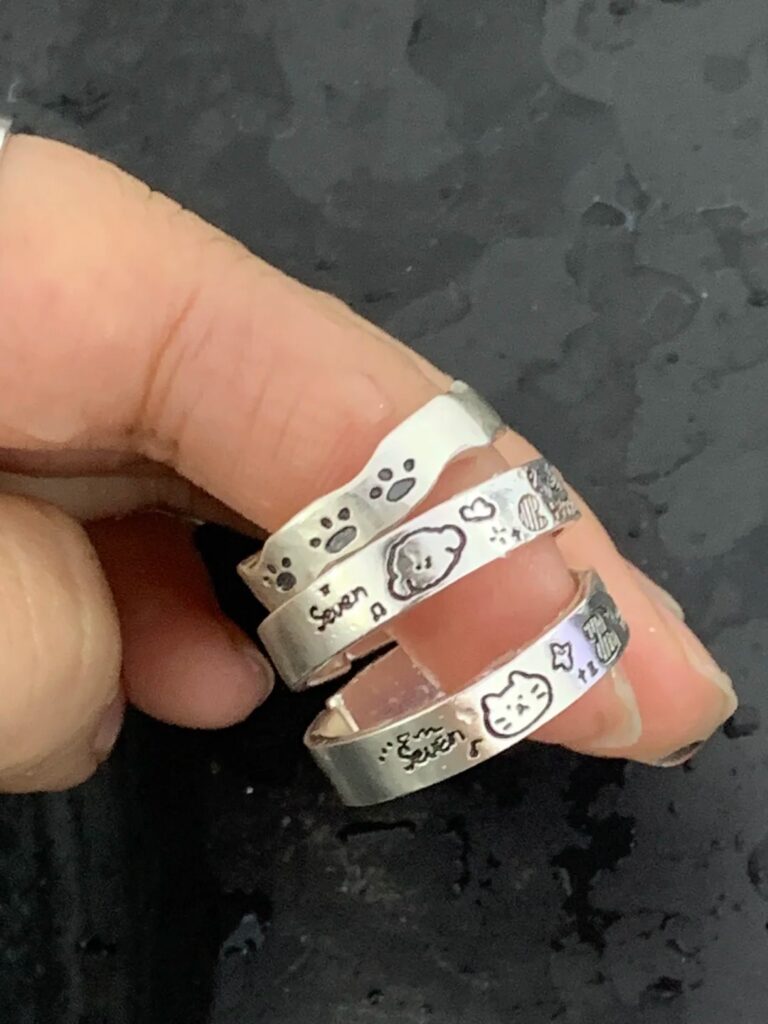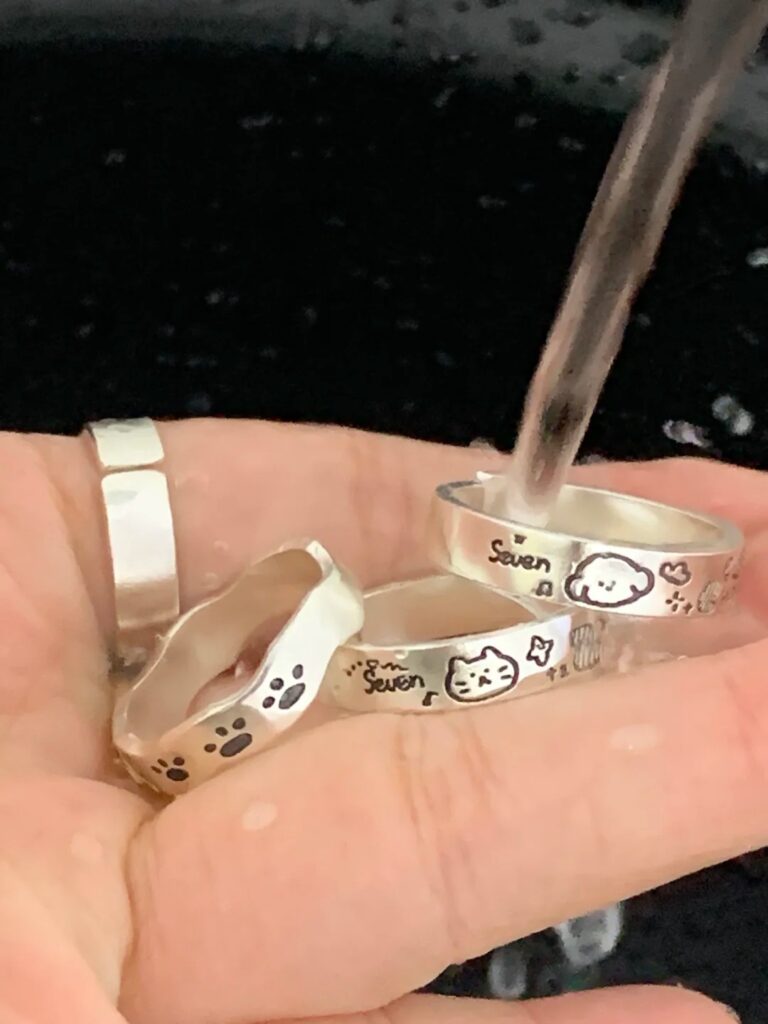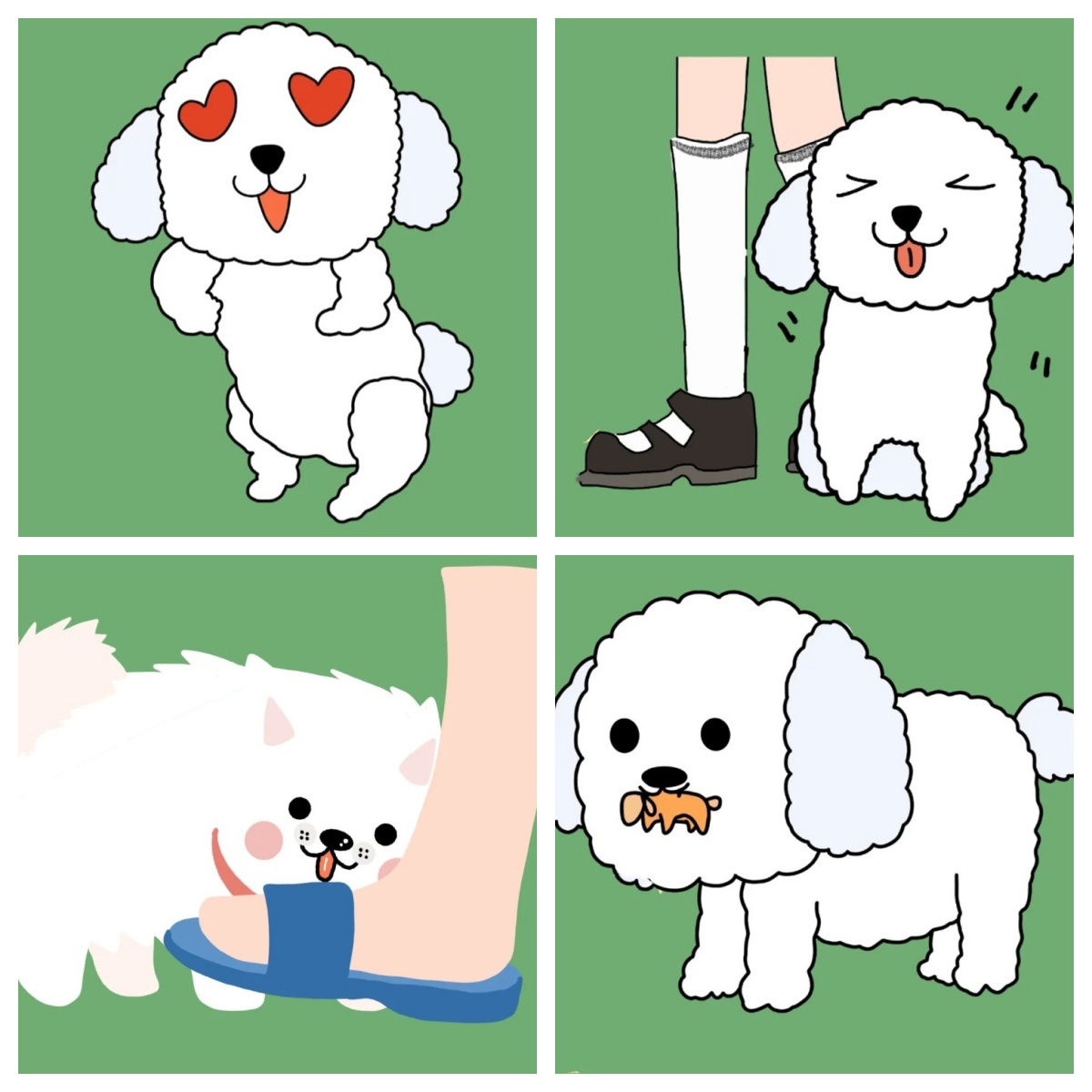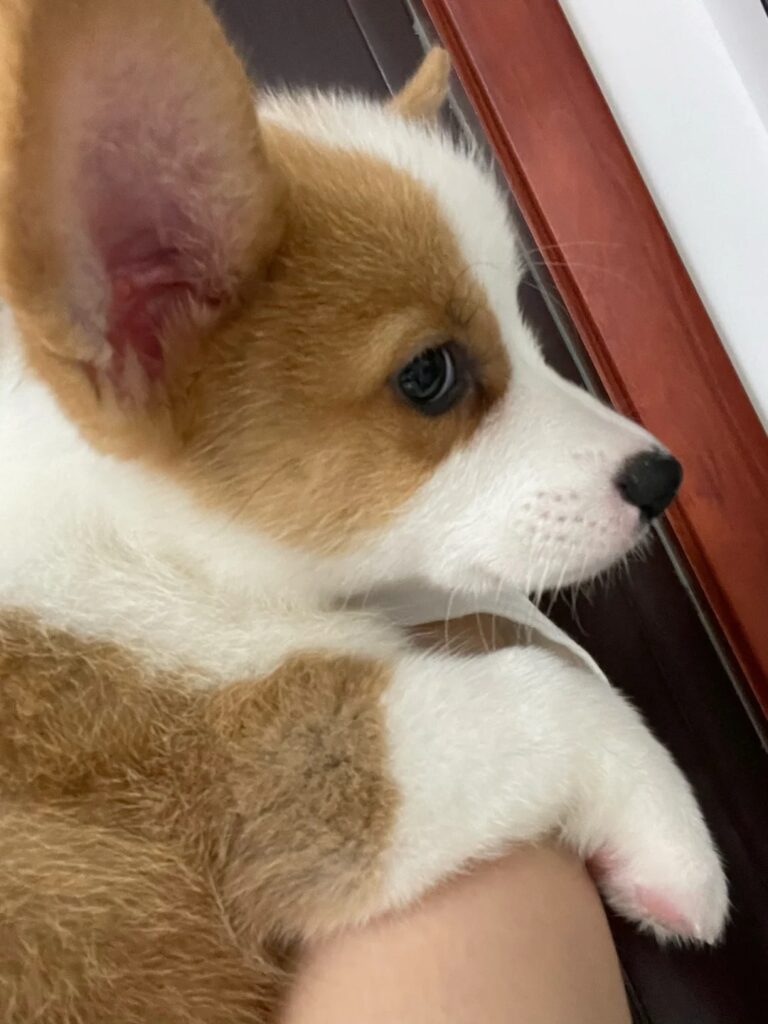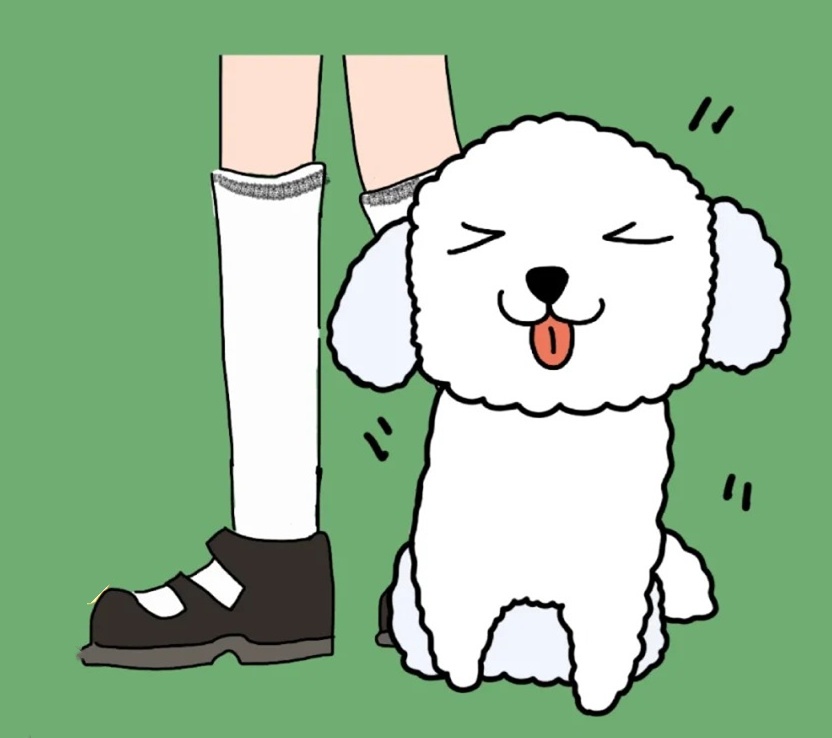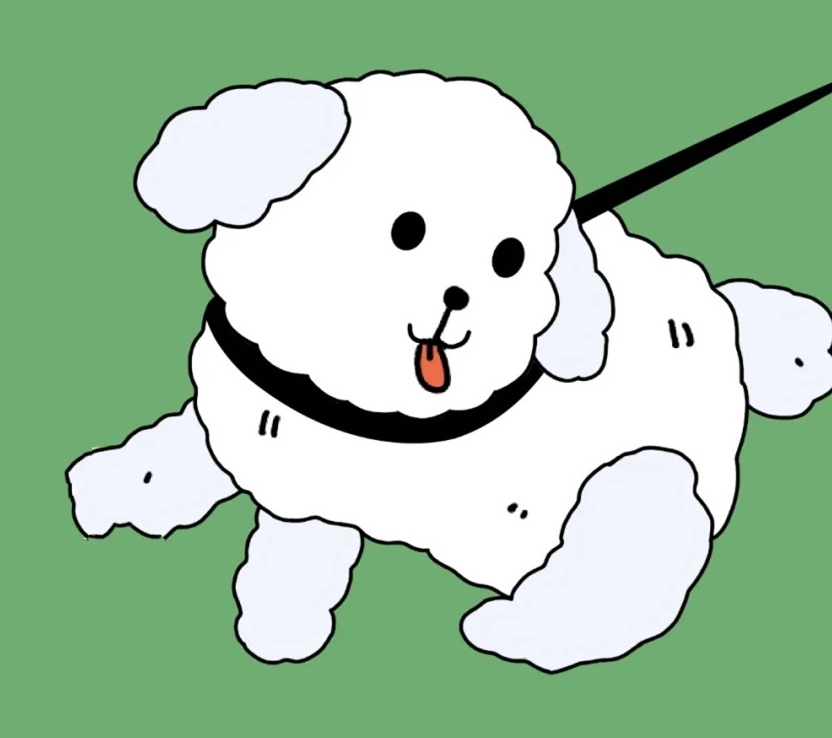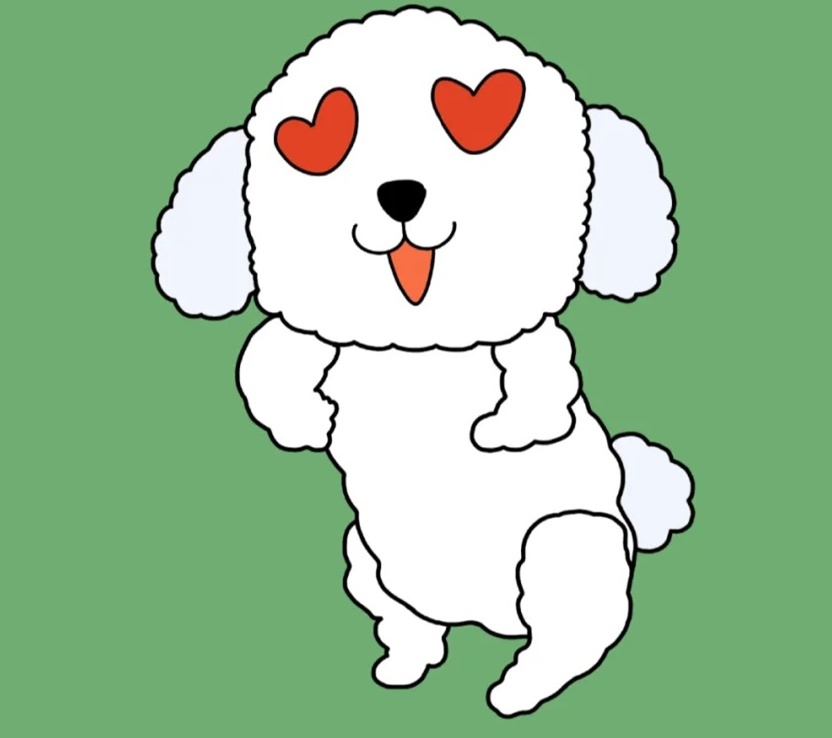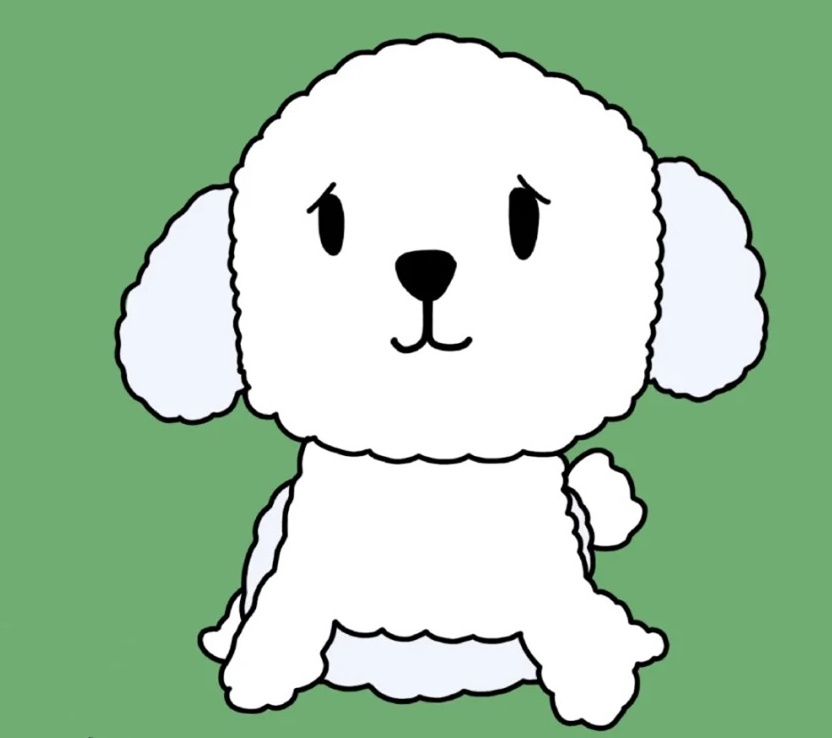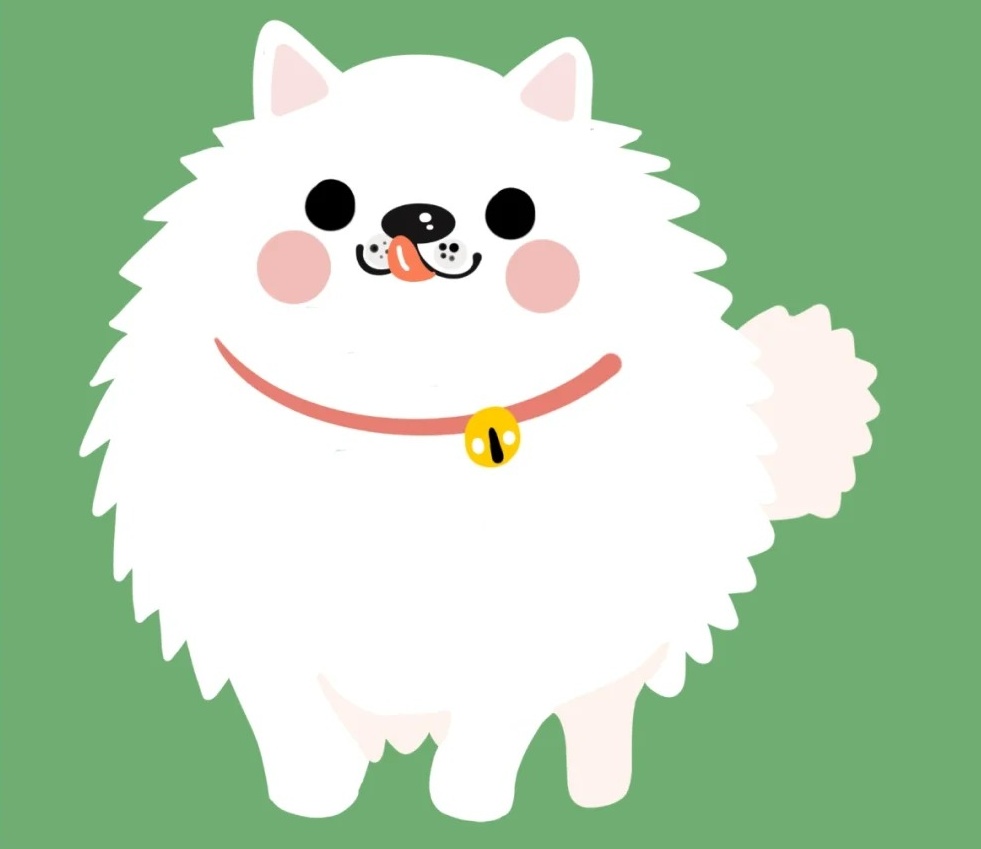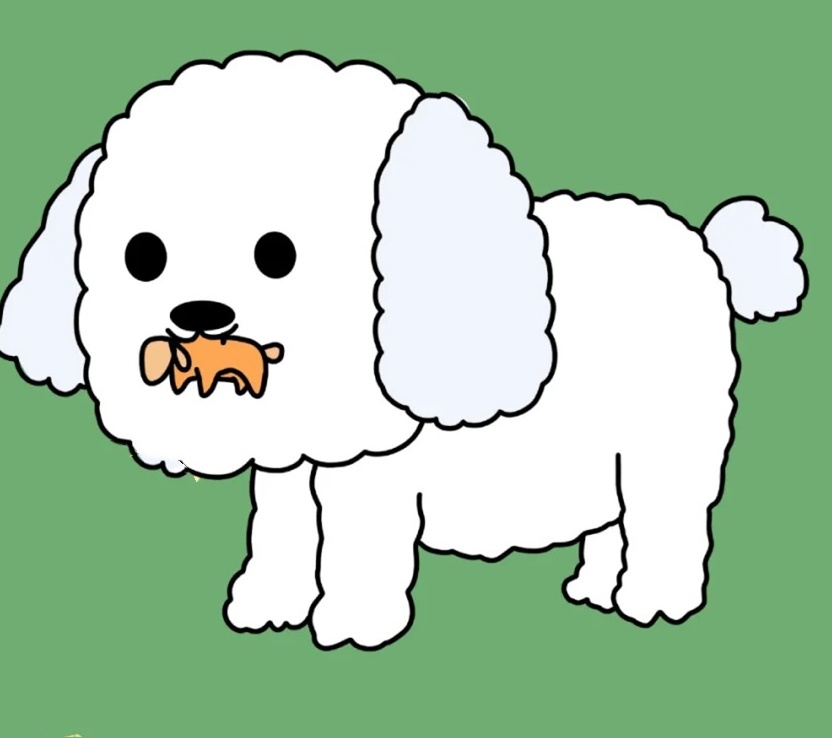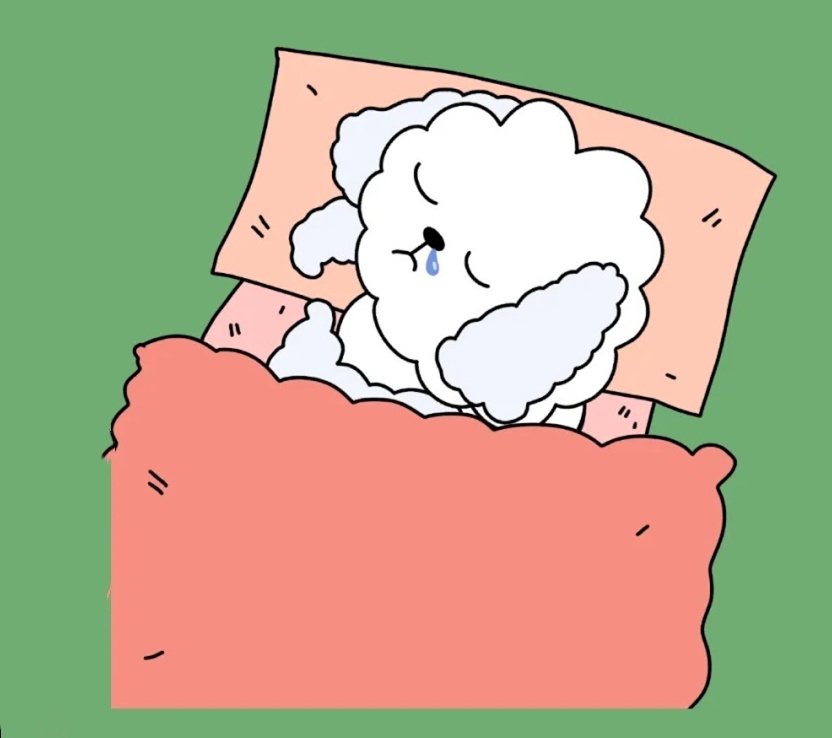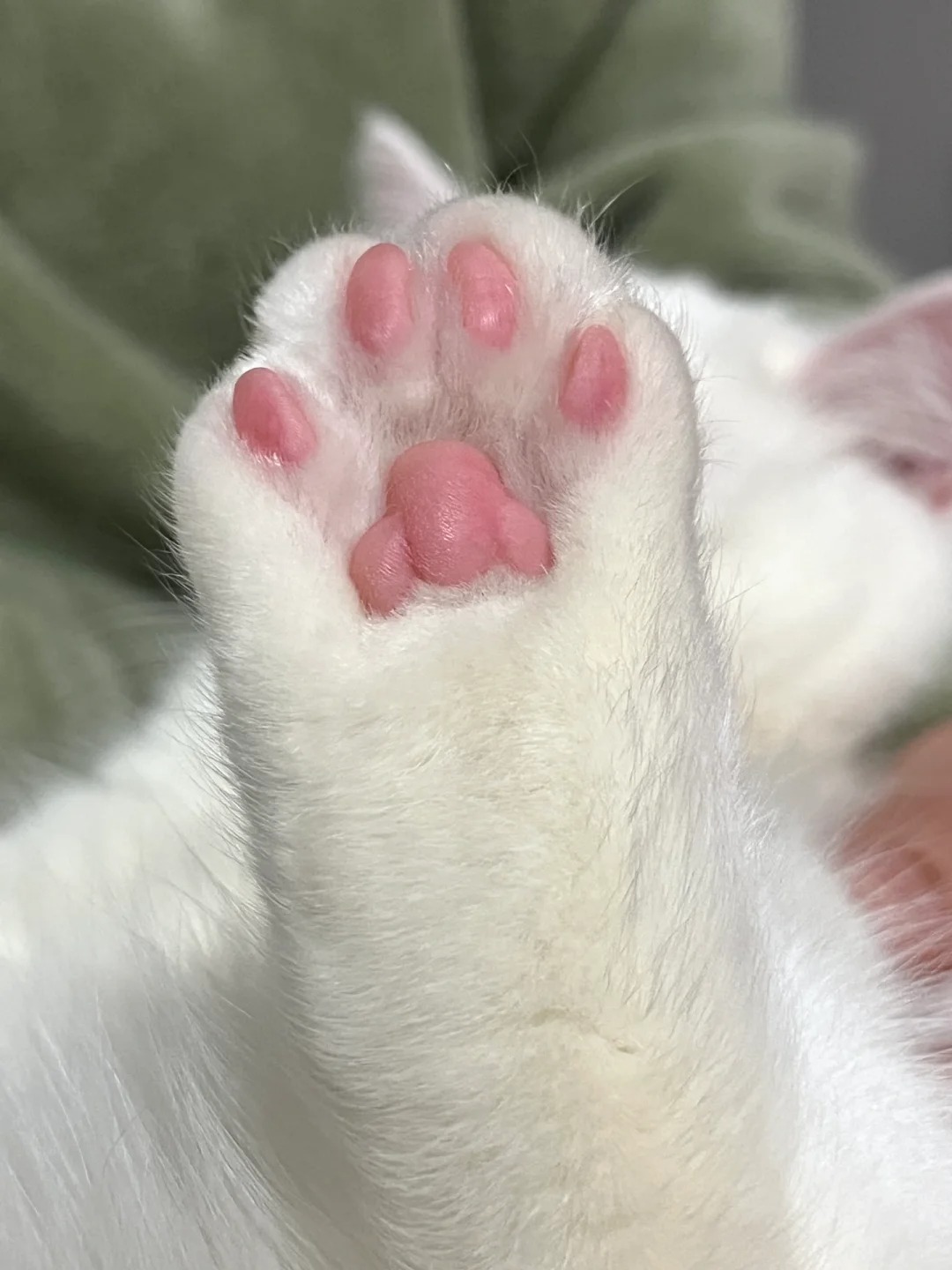
Introduction
Have you ever wondered why cat paws are so fascinating? Cat paws are not just adorable; they are intricate and essential parts of your feline friend’s daily life. From their unique structure to their many functions, understanding your cat’s paws can help you provide better care.
In this article, we’ll dive deep into the world of cat paws. You’ll learn about their anatomy, why they’re so vital, and how to keep them healthy. By the end, you’ll be equipped with practical tips to ensure your cat’s paws stay in top condition. Let’s get started and discover the secrets of those tiny, furry feet!
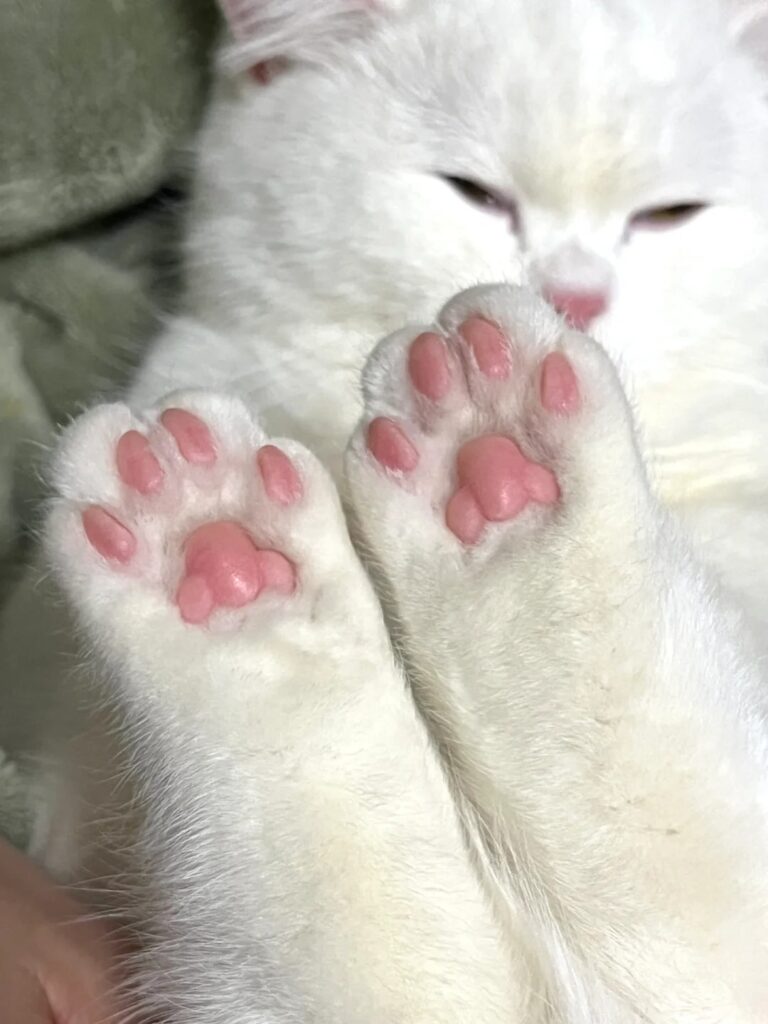
Understanding the Anatomy of Cat Paws
What Makes Cat Paws So Special?
Cat paws are amazing little structures that play a crucial role in your cat’s life. Each paw is a complex combination of bones, muscles, tendons, and ligaments, designed to give your cat incredible agility and stealth. Let’s break down the details and see what makes cat paws so unique.
The Detailed Breakdown of Cat Paws
- Pads: These are the soft, cushioned parts of the paw that absorb shock and help with balance. Cats have five pads on each front paw (four digital pads and one larger metacarpal pad) and four pads on each back paw (digital pads and a metatarsal pad).
- Claws: Retractable and sharp, cat claws are essential for hunting, climbing, and self-defense. They retract when not in use, preventing wear and keeping them sharp.
- Bones: Each paw contains numerous small bones that are connected by joints. These bones give structure and flexibility, enabling precise movements.
- Tendons and Ligaments: These connective tissues help control the movement of the claws and paws, allowing for quick retraction and extension.
- Sweat Glands: Cats have sweat glands in their paw pads, which help with thermoregulation and can leave scent marks.
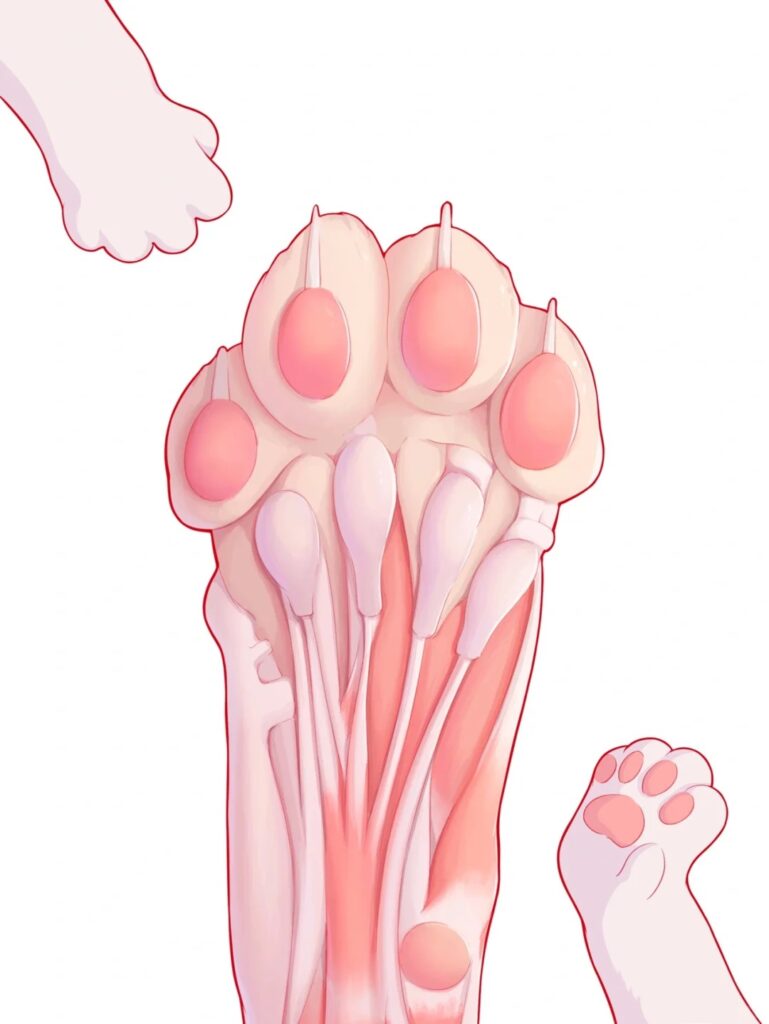
Unique Features of Cat Paws
Cat paws aren’t just for walking. They serve multiple purposes:
- Stealthy Movement: The soft pads and retractable claws allow cats to move quietly, which is essential for hunting.
- Communication: Cats use their paws to knead, which is a comforting behavior often seen when they are content or marking territory.
- Grooming: Cats are meticulous groomers, and they use their paws to clean hard-to-reach places.
- Climbing: The retractable claws provide a strong grip, making cats excellent climbers.
Cat Paws vs. Dog Paws: A Quick Comparison
While cat paws are designed for stealth and agility, dog paws are built for endurance and stability. Here’s a quick comparison:
| Feature | Cat Paws | Dog Paws |
|---|---|---|
| Pads | Soft, with five on front and four on back | Thick, often rough, four on each paw |
| Claws | Sharp and retractable | Non-retractable and often duller |
| Sweat Glands | Located in paw pads | Present but not as prominent |
| Movement | Quiet and stealthy | Stable and enduring |
| Purpose | Hunting, climbing, grooming | Running, digging, providing traction |

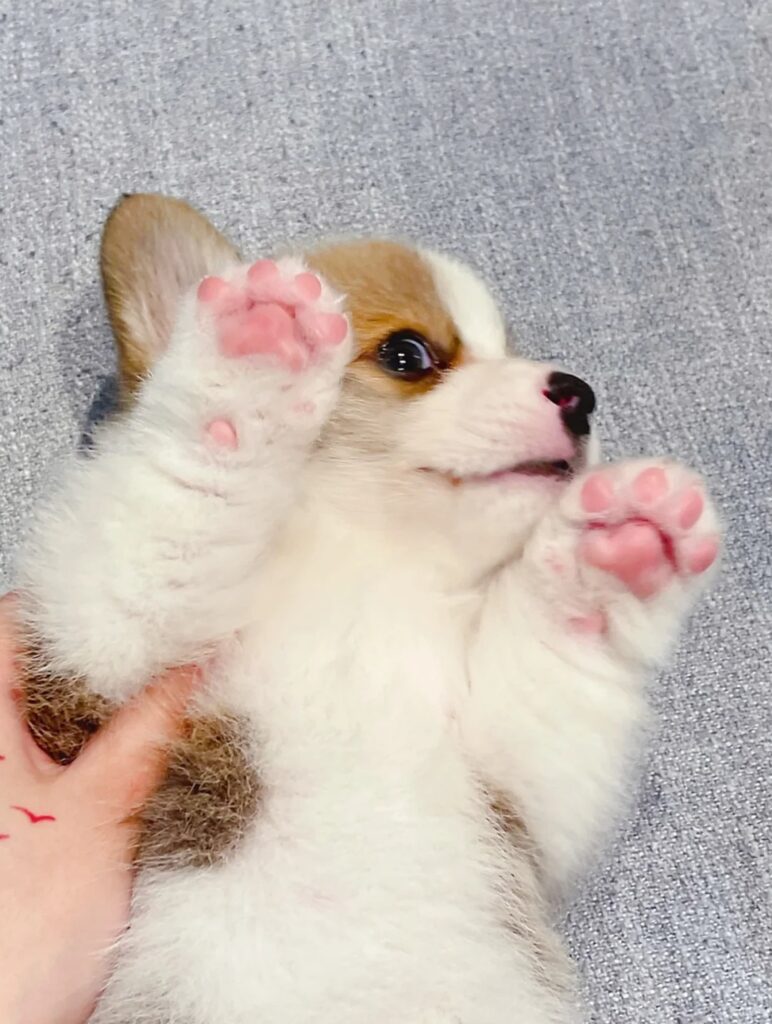
Understanding these differences helps us appreciate the unique adaptations of each species. Cat paws are perfectly crafted for their predatory lifestyle, while dog paws are built for stamina and support.
By knowing these details about your cat’s paws, you can better understand their behavior and needs. Whether it’s ensuring their claws are well-trimmed or providing soft surfaces for them to walk on, taking care of your cat’s paws is essential for their overall well-being.
How Do Cats Use Their Paws? Let’s Explore!
Walking and Hunting: The Versatile Cat Paws
Cat paws are essential for a cat’s daily life, providing them with the tools they need for survival and comfort. Here’s how:
Walking and Hunting
Cats are natural hunters, and their paws are perfectly designed for this purpose.
- Silent Stalking: The soft pads on their paws allow cats to walk silently, making them excellent stalkers. This stealth is crucial when they’re hunting prey.
- Precision and Balance: Their retractable claws give them precision and balance, whether they’re pouncing on a toy or navigating narrow spaces.
- Powerful Leaps: The flexibility and strength in their paws allow them to leap great distances to catch their prey or escape danger.
Absorbing Shock and Cushioning Falls: Nature’s Little Shock Absorbers
Cats are known for their incredible ability to land on their feet, and their paws play a significant role in this.
Absorbing Shock and Cushioning Falls
When cats jump or fall, their paws absorb the impact, protecting their bones and joints.
- Padded for Protection: The thick, cushioned pads on their paws act as shock absorbers, making those high jumps less jarring.
- Flexible Joints: The joints in their paws are incredibly flexible, allowing for a range of movements that help in absorbing the impact of falls.
Leaving Their Scent: Communication Through Cat Paws
Cats use their paws for more than just physical tasks; they also use them for communication.
Leaving Their Scent
Cats have scent glands in their paws, which they use to mark their territory and communicate with other cats.
- Scent Marking: When cats scratch surfaces, they leave behind a scent from the glands in their paw pads, marking their territory.
- Social Interaction: This scent marking can also play a role in social interactions, letting other cats know who’s around.
Sweating: Keeping Cool with Cat Paws
Did you know cats sweat through their paws? It’s one of the lesser-known but fascinating aspects of their anatomy.
Sweating
While cats don’t sweat all over their bodies like humans, their paws have sweat glands that help regulate their body temperature.
- Cooling Down: When it’s hot, cats can release sweat from their paw pads to cool down.
- Stress Response: Cats may also sweat from their paws when they’re stressed or anxious.
Cat paws are truly remarkable, serving a variety of functions that are vital to a cat’s survival and well-being. From hunting and walking to leaving their scent and sweating, each aspect of their paws is finely tuned to support their unique way of life.
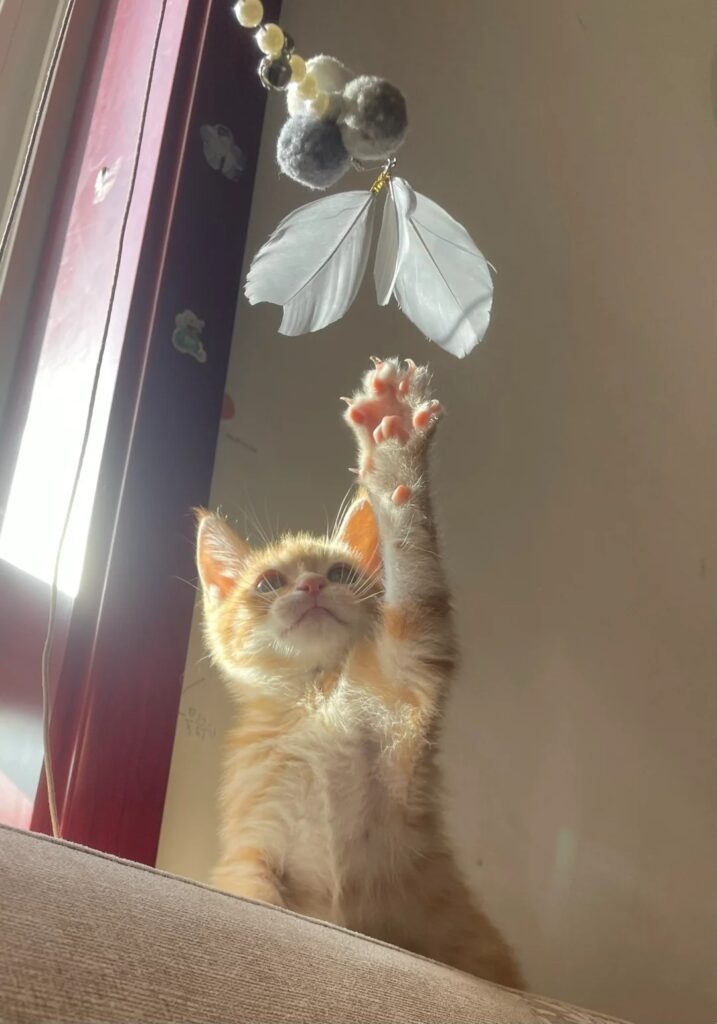
Why You Should Care for Your Cat’s Paws
Daily Use and Wear and Tear: Keeping Cat Paws in Top Shape
Cat paws endure a lot of daily activities, from walking and jumping to scratching and climbing.
Daily Use and Wear and Tear
Just like humans, cats use their paws constantly, which means they are subject to wear and tear.
- Constant Activity: Cats are always on the move, whether they’re indoors or outdoors. Their paws take the brunt of this activity.
- Scratching: Scratching is a natural behavior for cats, but it can cause their paws to become worn down if not properly cared for.
- Environmental Factors: Outdoor cats face additional challenges, such as rough terrain, hot pavement, or cold, icy surfaces that can damage their paws.
Sensitivity of Cat Paws: Why Tender Care Is Crucial
Cat paws are incredibly sensitive, which makes them vulnerable to injuries and discomfort.
Sensitivity of Cat Paws
The pads on a cat’s paws are packed with nerve endings, making them highly sensitive to touch, temperature, and pressure.
- Touch Sensitivity: This sensitivity helps cats gauge their environment, but it also means they can easily get hurt if they step on something sharp or hot.
- Temperature Sensitivity: Extreme temperatures can be harmful to their paws. Hot pavements in summer or icy surfaces in winter can cause burns or frostbite.
- Pressure Sensitivity: Overuse or hard surfaces can cause their paws to become sore, leading to reluctance to walk or play.
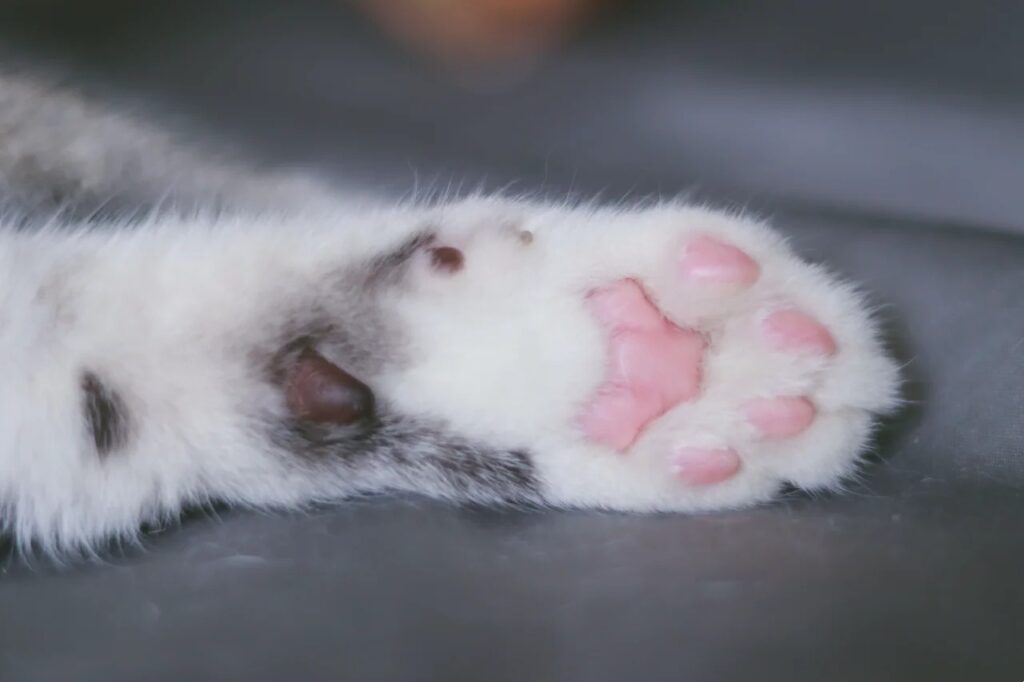
Importance of Healthy Paws for Overall Health: A Happy Cat Needs Happy Paws
Healthy paws are essential for a cat’s overall well-being. Neglecting their paws can lead to more serious health issues.
Importance of Healthy Paws for Overall Health
Healthy paws mean a healthy cat. Here’s why it’s vital to keep an eye on your cat’s paws:
- Mobility: Cats rely on their paws for movement. Painful paws can limit their mobility, affecting their ability to exercise and play.
- Hygiene: Regular paw care helps prevent infections and keeps them clean, which is crucial for their overall health.
- Comfort: Ensuring their paws are in good condition helps keep your cat comfortable and happy, avoiding unnecessary stress and discomfort.
Proper care of your cat’s paws ensures they stay healthy and active, allowing them to enjoy all their favorite activities without discomfort. Regular checks and maintenance are key to preventing issues and ensuring your feline friend lives a happy, healthy life.
Your Go-To Cat Paw Care Guide
Inspect Your Cat’s Paws Regularly
Regular inspections are crucial for keeping your cat’s paws in tip-top shape. Look for any signs of injury, swelling, or foreign objects.
Steps for Inspection:
- Check for Cuts or Scrapes: Look closely at the pads and between the toes.
- Feel for Swelling or Tenderness: Gently press on the pads to see if your cat reacts.
- Remove Foreign Objects: Small debris can get stuck between their toes or pads.
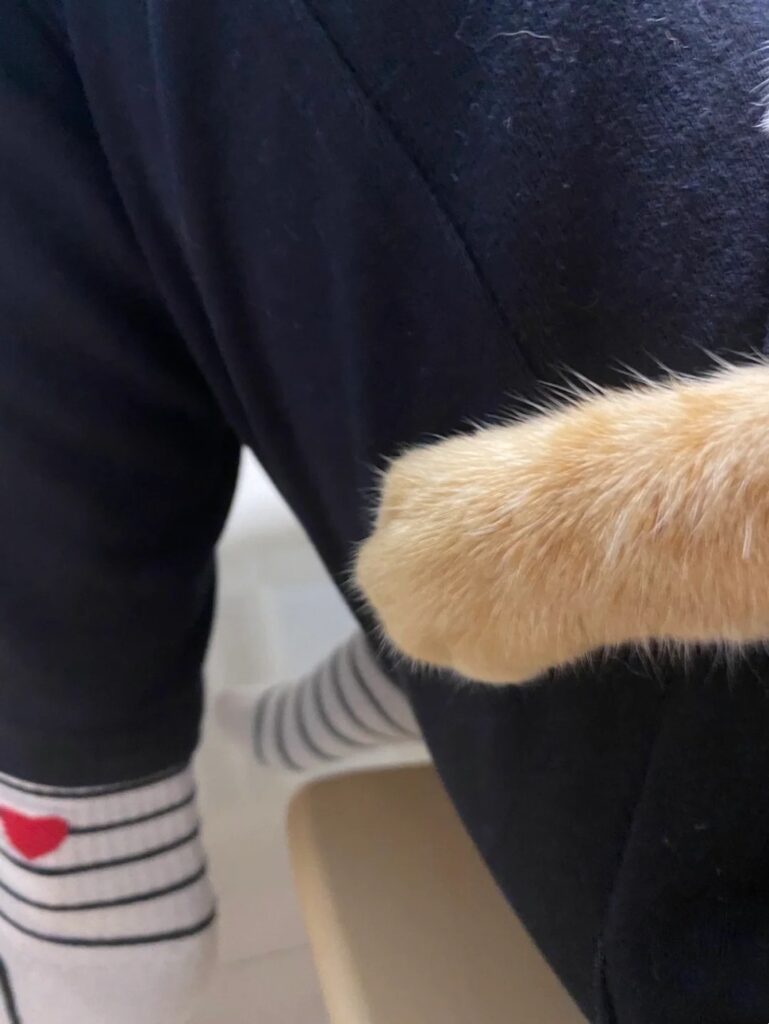
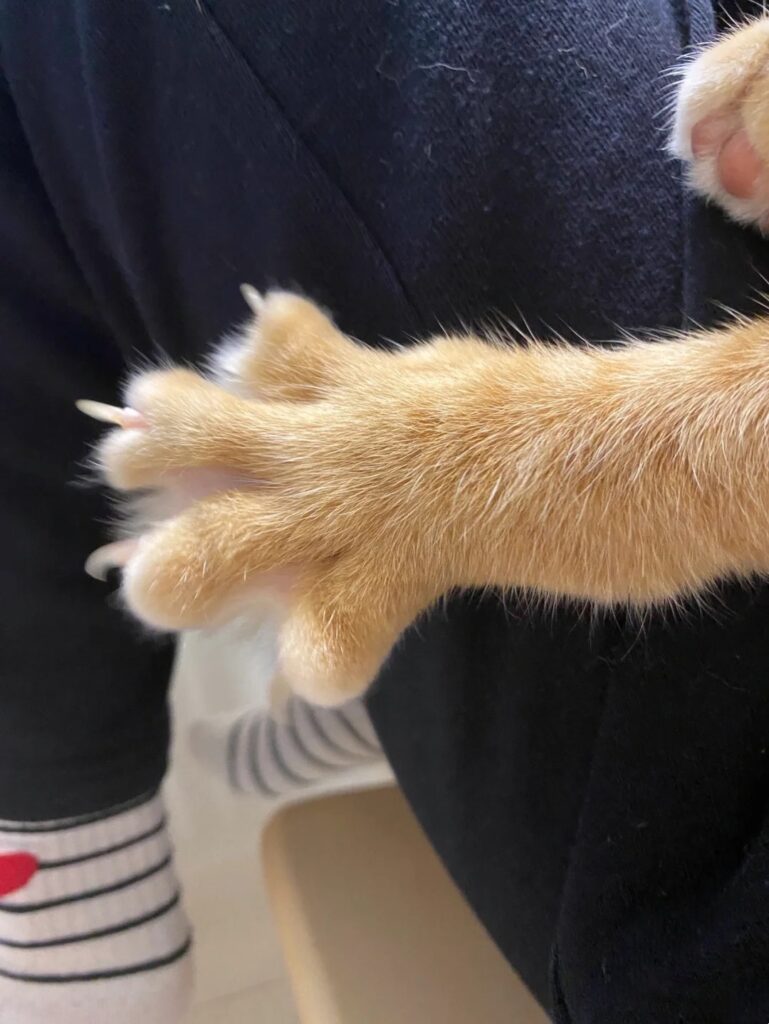
Clean Your Cat’s Paws: Keep Them Fresh and Healthy
Cleaning your cat’s paws helps prevent infections and keeps them comfortable. Use a damp cloth to wipe away dirt and debris.
Cleaning Tips:
- Use a Soft Cloth: Moisten with warm water and gently wipe the paws.
- Check Between Toes: Make sure to clean between their toes where dirt can accumulate.
- Dry Thoroughly: Ensure the paws are dry to prevent fungal growth.
Trim Your Cat’s Nails: Avoid Painful Overgrowth
Overgrown nails can cause discomfort and lead to infections. Regular trimming is essential.
Nail Trimming Tips:
- Use Cat-Specific Clippers: These are designed to make the process easier and safer.
- Trim Little by Little: Cut small amounts to avoid hitting the quick.
- Reward Your Cat: Give a treat after trimming to make it a positive experience.
Trim Excess Fur Around Paws: Prevent Matting and Dirt Buildup
Long fur around the paws can trap dirt and lead to matting. Trim it to keep your cat’s paws clean.
Fur Trimming Tips:
- Use Rounded Scissors: These are safer for trimming around delicate areas.
- Trim Regularly: Keep the fur short to prevent dirt accumulation.
- Be Gentle: Make sure your cat is calm and comfortable during the process.
Moisturize Your Cat’s Paws if Needed: Keep Them Soft and Supple
Dry or cracked paw pads can be painful. Moisturize them to keep them healthy.
Moisturizing Tips:
- Use Pet-Safe Moisturizers: Human lotions can be harmful to cats.
- Apply Sparingly: A little goes a long way.
- Monitor for Reactions: Ensure your cat doesn’t have an adverse reaction to the moisturizer.
Taking care of your cat’s paws is a vital part of their overall health. Regular inspections, cleaning, trimming, and moisturizing can help prevent problems and keep your feline friend happy and active. Keep these tips in mind, and your cat will have healthy, happy paws ready for all their adventures.
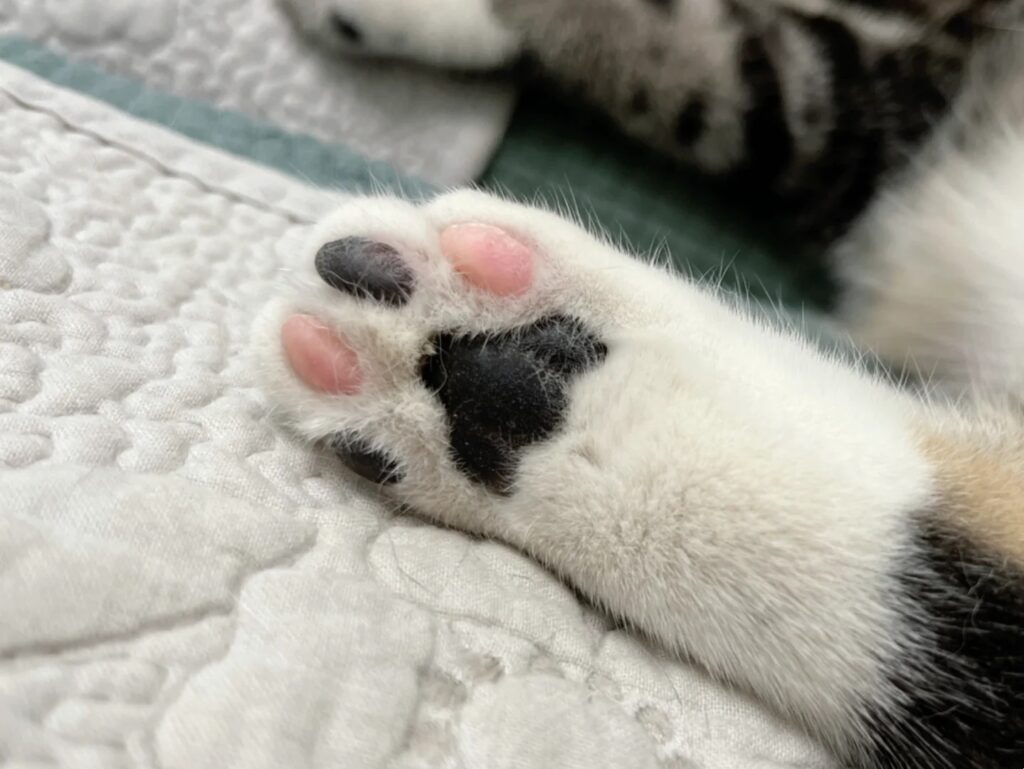
When Should You See a Vet About Your Cat’s Paws?
Red Flags: What to Look For with Your Cat’s Paws
Keeping an eye on your cat’s paws is crucial, but sometimes issues can arise that need professional attention. Here are some warning signs that indicate it’s time to visit the vet.
Key Signs to Watch For:
- Persistent Limping: If your cat is limping or avoiding putting weight on a paw, it could be a sign of an injury or underlying condition.
- Swollen or Red Pads: Any swelling or redness in the paw pads might indicate infection or inflammation.
- Excessive Licking: If your cat is obsessively licking a paw, it could be trying to soothe pain or discomfort.
- Foreign Objects Stuck: If you notice something stuck between the toes that you can’t remove, a vet may need to intervene.
- Cracked or Bleeding Pads: Dry, cracked pads or any bleeding require immediate veterinary care to prevent complications.
Why Early Intervention is Crucial for Cat Paw Issues
Addressing paw problems early can prevent minor issues from becoming major health concerns. Here’s why it’s important not to delay:
Benefits of Early Vet Visits:
- Prevent Complications: Early treatment can prevent infections from spreading and causing more serious health issues.
- Ease of Treatment: Problems caught early are usually easier to treat and require less invasive procedures.
- Comfort for Your Cat: Prompt care helps relieve your cat’s discomfort and can improve their quality of life.
- Cost Savings: Addressing issues early can be more cost-effective compared to treating advanced problems.
Regular check-ups and being vigilant about changes in your cat’s paw health can make a big difference. If you notice any of these signs, don’t hesitate to consult your vet. Quick action ensures your cat’s paws are healthy and pain-free, allowing them to enjoy their daily activities.
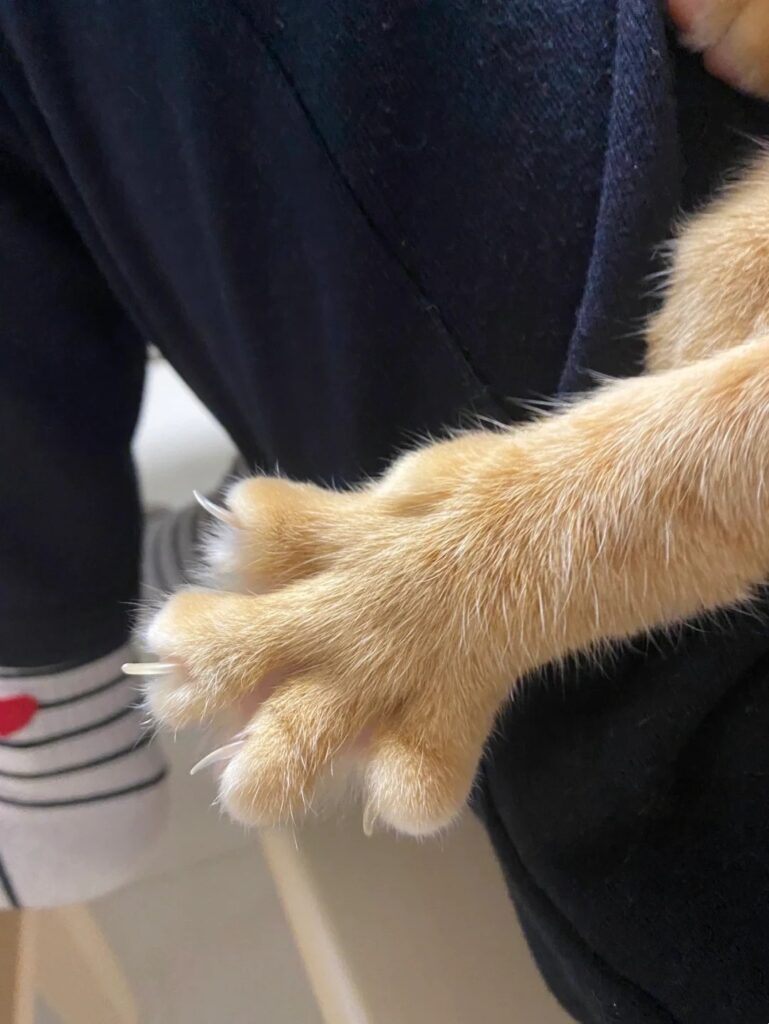
How To Care for Cat Paws: FAQs
Why Do Cats Knead with Their Paws?
Cats knead with their paws, a behavior often called “kneading” or “making biscuits,” as a comforting, instinctive action. This kneading action is rooted in kittenhood, when they kneaded their mother’s belly to stimulate milk flow. For adult cats, kneading can signify contentment and relaxation, and it’s a way they mark their territory with scent glands in their paws.
Why Do Cats Have Six Paw Pads?
Cats typically have a total of six paw pads on each of their front paws—four in the shape of a triangle and two on the back of the wrist. This unique arrangement helps with balance and traction, making it easier for them to walk, climb, and run. It also aids in absorbing shock and reducing the impact on their joints.
Should I Touch My Cat’s Paws?
Yes, touching your cat’s paws is important for their overall care. Regularly handling their paws helps you check for issues like injuries or infections. It also makes grooming and nail trimming easier. Start by gently touching and holding their paws while offering treats to create positive associations with paw handling.
How Do I Take Care of My Cat’s Paws?
Taking care of your cat’s paws involves several steps:
Moisturize: Use a pet-safe paw balm if their pads are dry or cracked.
Inspect Regularly: Check for cuts, swelling, or foreign objects.
Clean: Wipe their paws with a damp cloth if they get dirty.
Trim Nails: Regularly trim their nails to prevent overgrowth and discomfort.
Groom Fur: Trim any excess fur around their paws to avoid matting and debris build-up.
Do Cat Paws Heal on Their Own?
In many cases, minor injuries or irritations to cat paws can heal on their own with proper care. However, it’s important to monitor the injury closely. If you notice signs of infection, persistent pain, or if the injury does not improve, seek veterinary advice. Early intervention can prevent complications and ensure your cat’s paws heal properly.
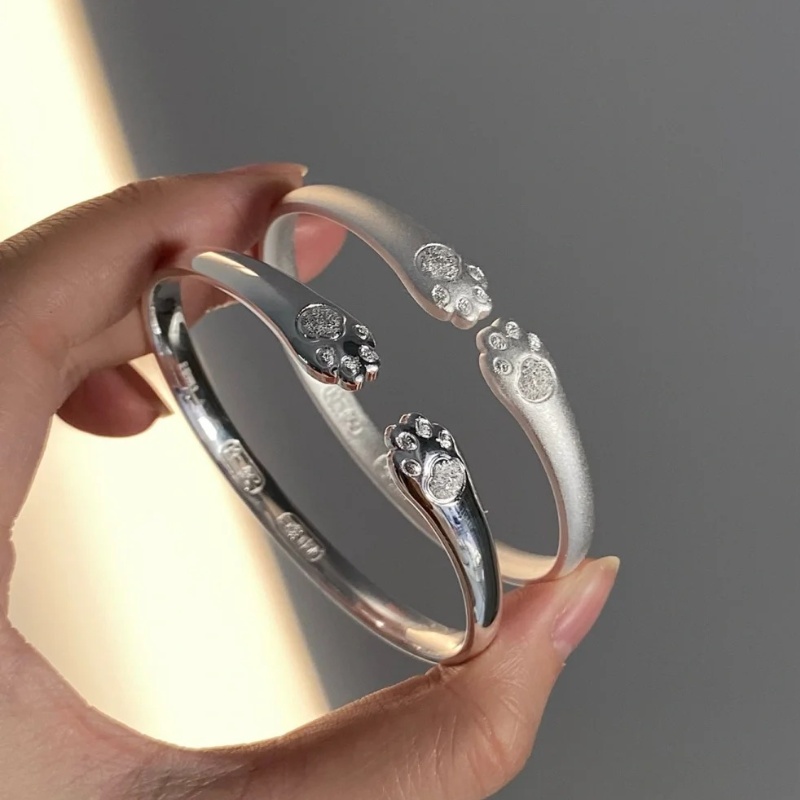
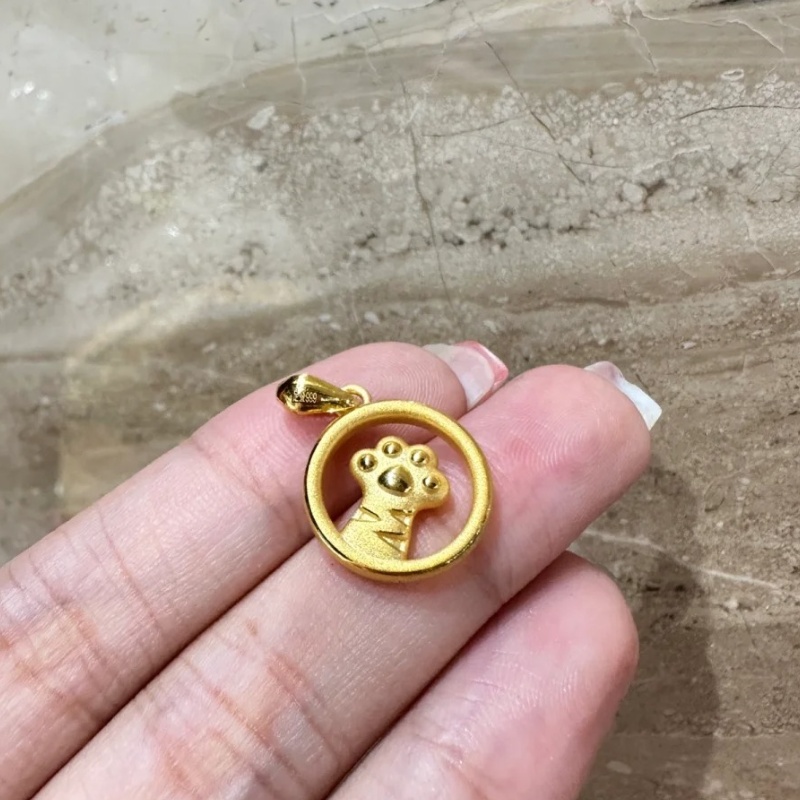
Conclusion: Keep the Cat’s Paw Forever
Caring for your cat’s paws is crucial for their overall health and well-being. Regular inspection, cleaning, and proper grooming ensure that their paws remain in good condition, preventing potential issues and keeping your feline friend comfortable.
But why stop there? If you want a truly special way to cherish your cat’s unique features, consider commemorating their adorable paws with a customized pet paw print jewelry. These personalized keepsakes are a beautiful and heartfelt way to keep a piece of your feline companion close to your heart forever. Each necklace is crafted to capture the essence of your cat’s paw print, turning a simple detail into a lasting memory.
Celebrate the bond you share with your cat by preserving their paw print in a piece of jewelry that you can always carry with you. It’s not just a necklace; it’s a reminder of the joy and love your cat brings into your life every day.
